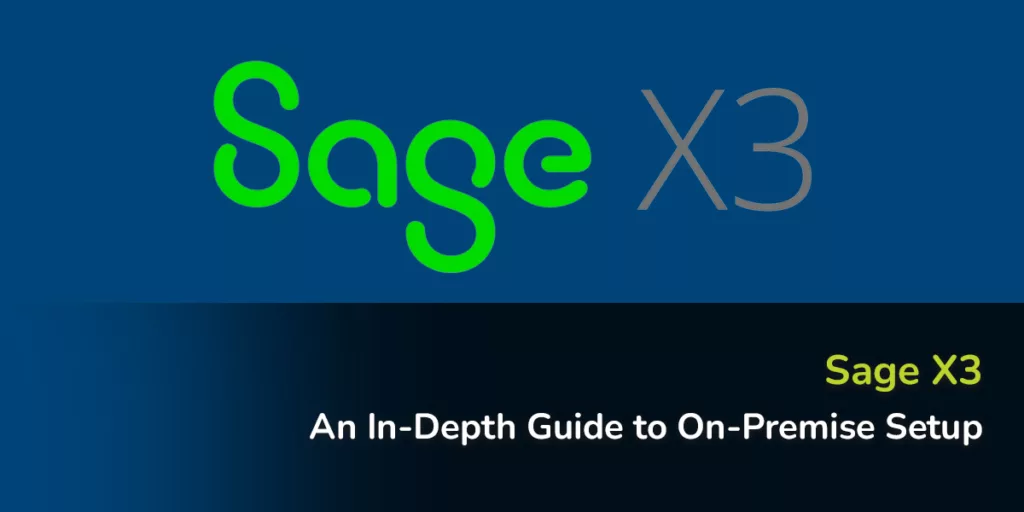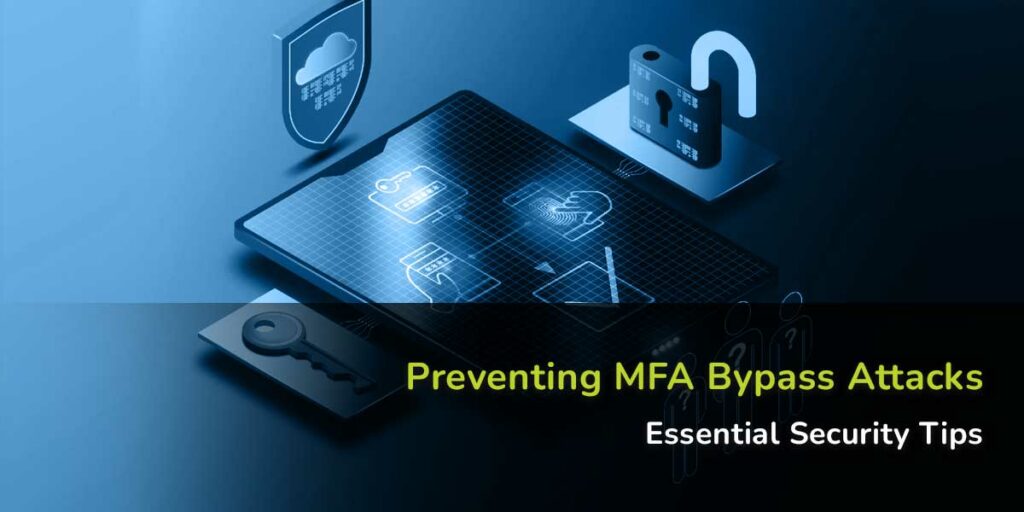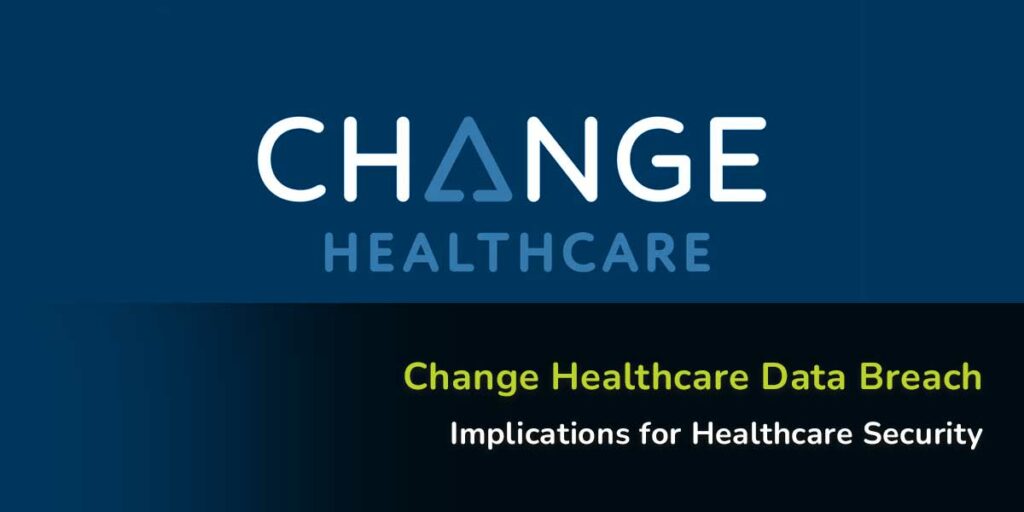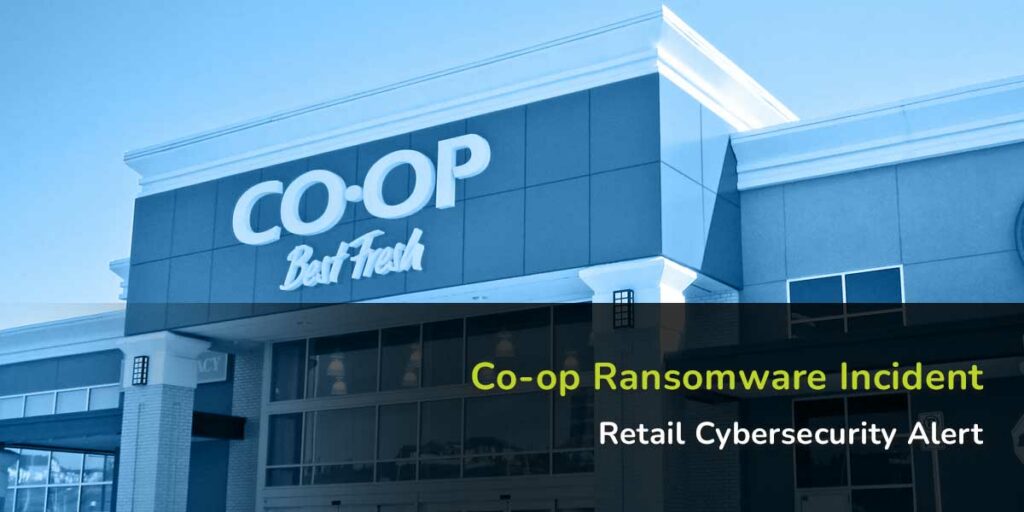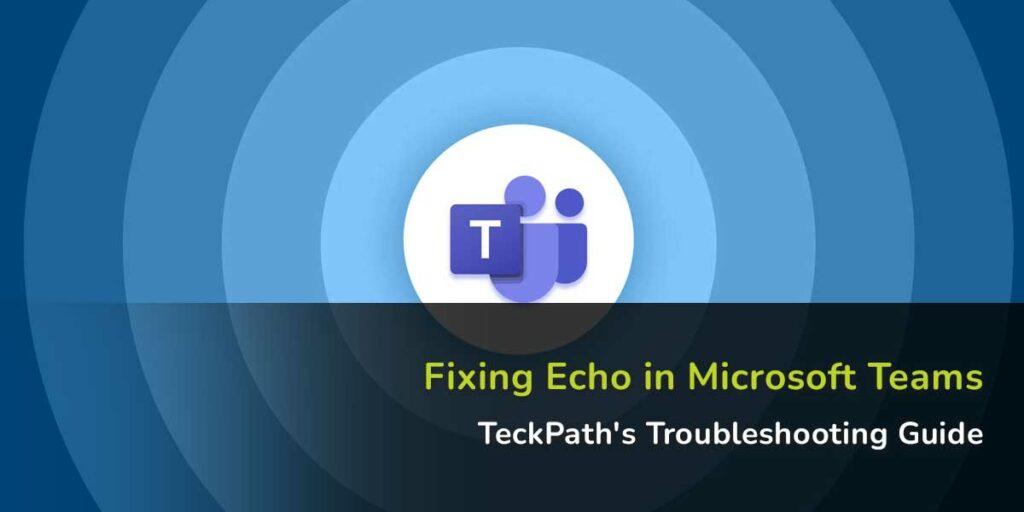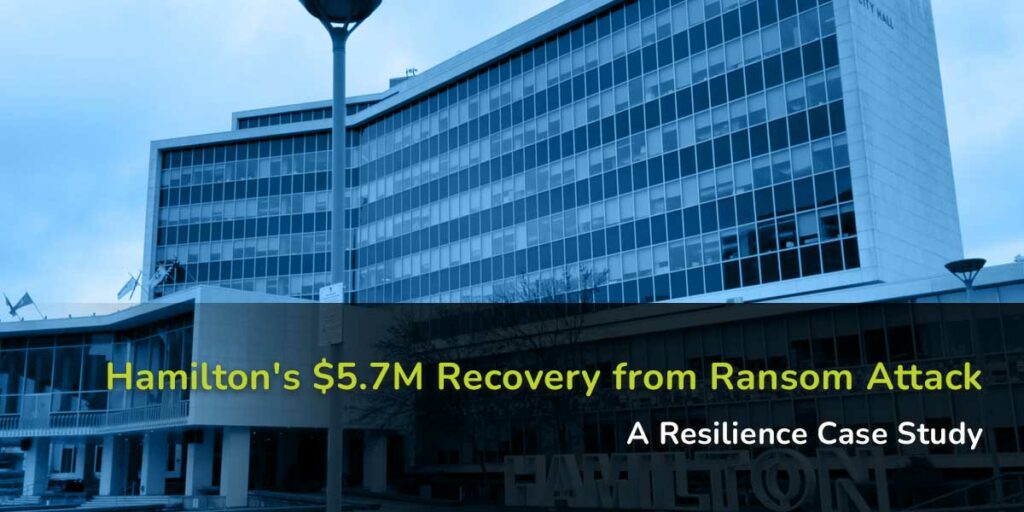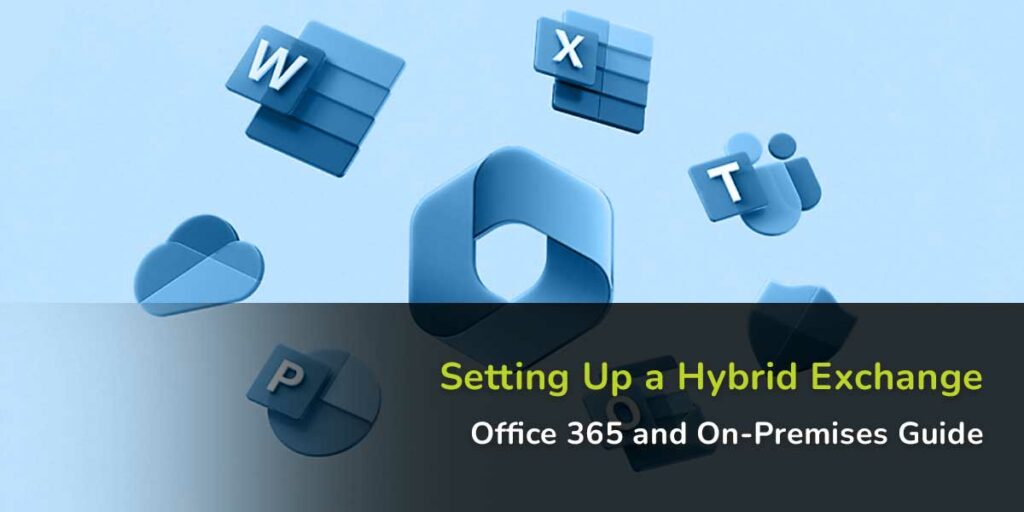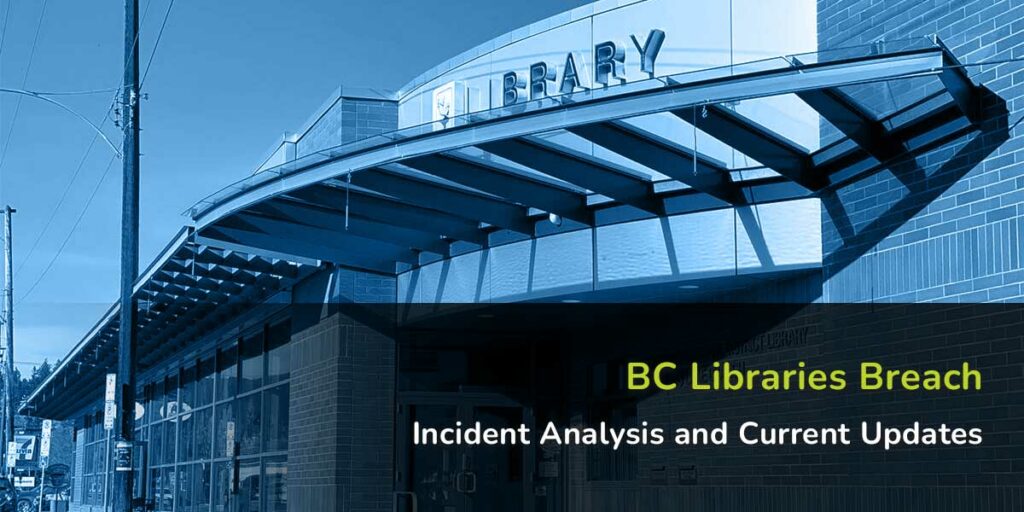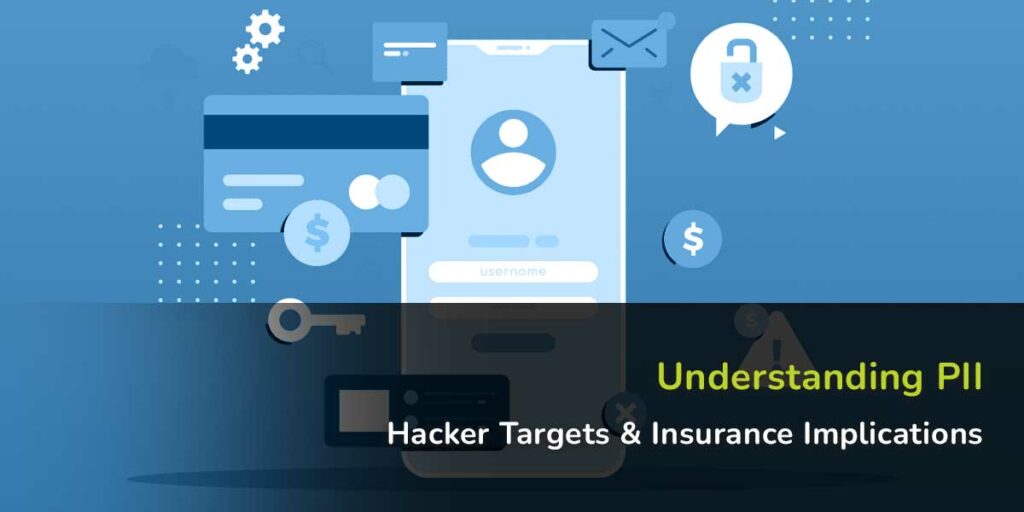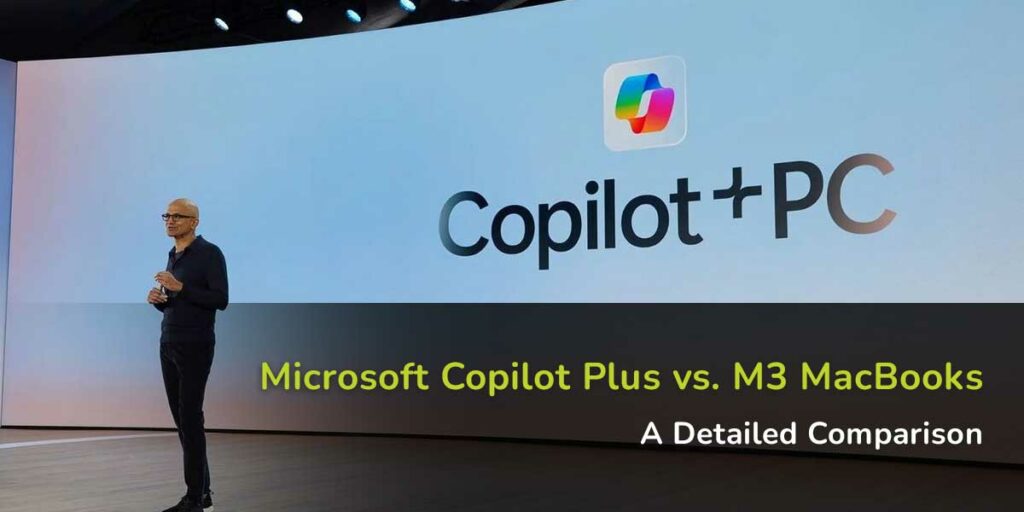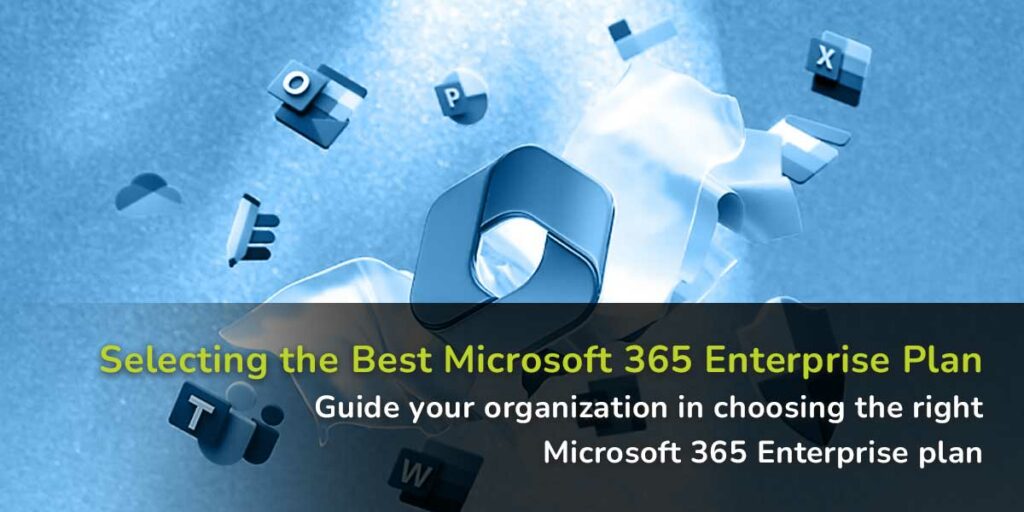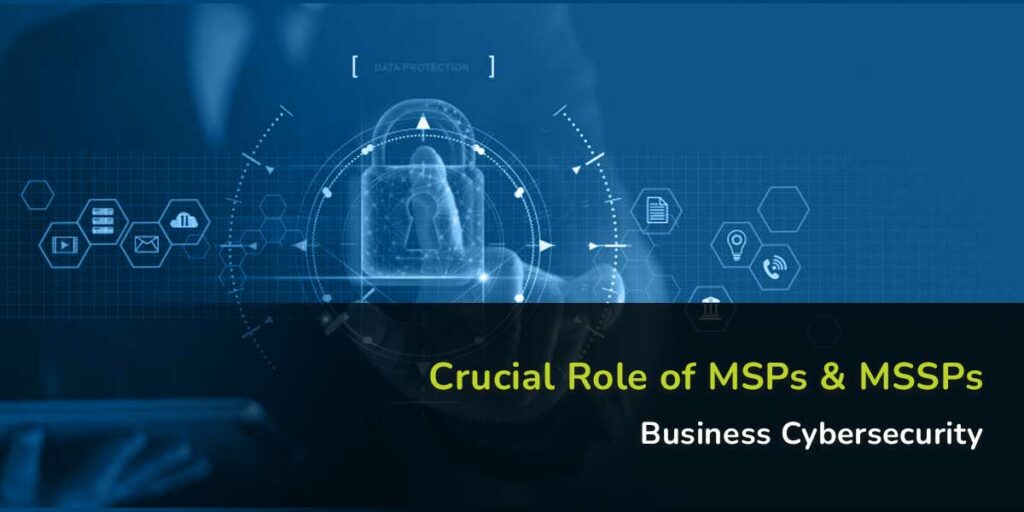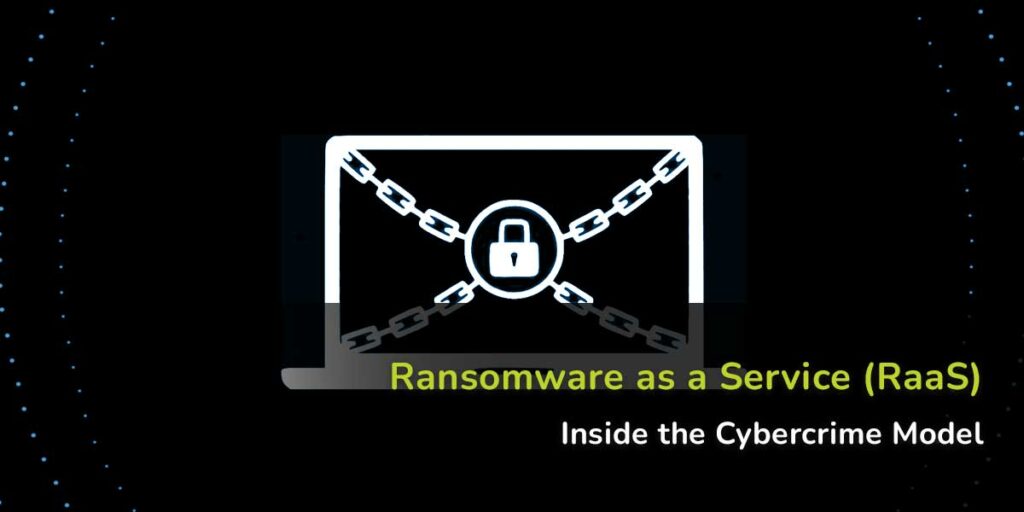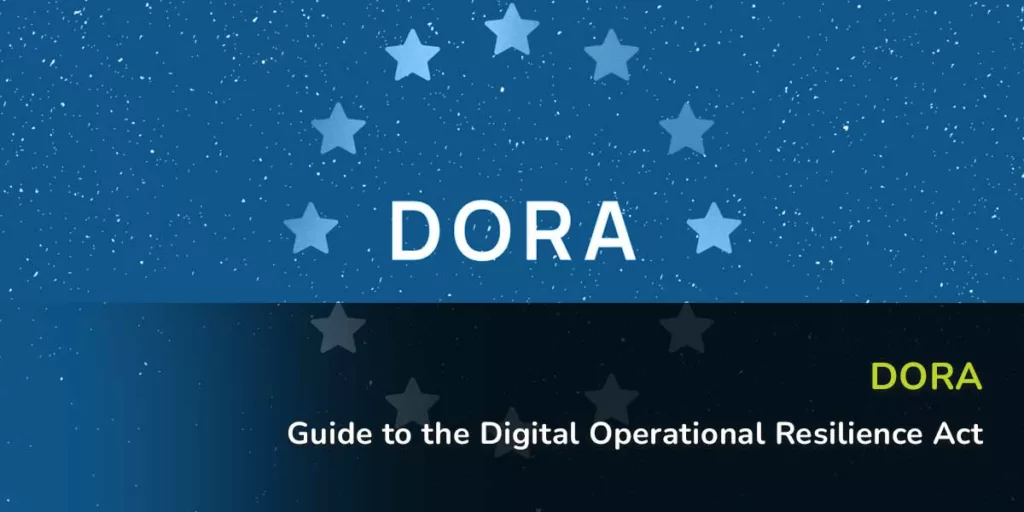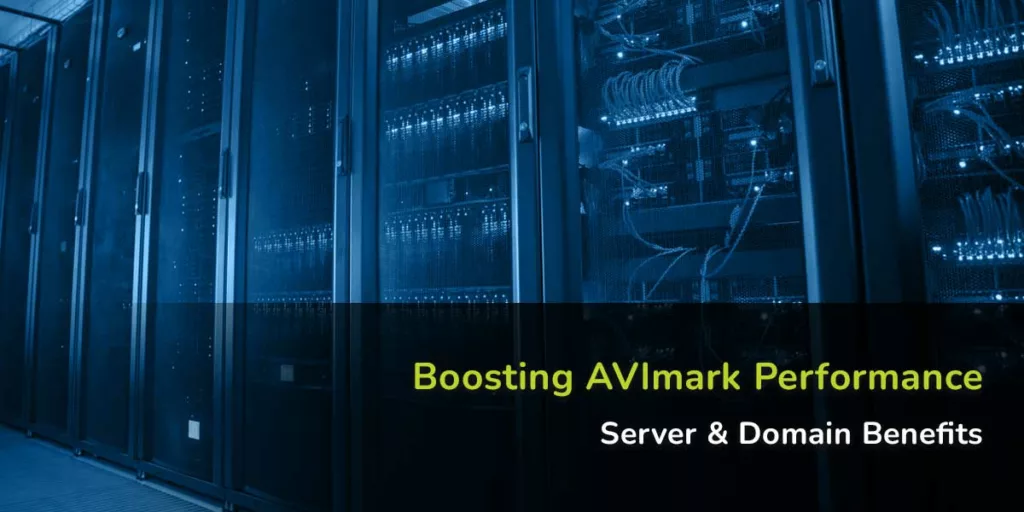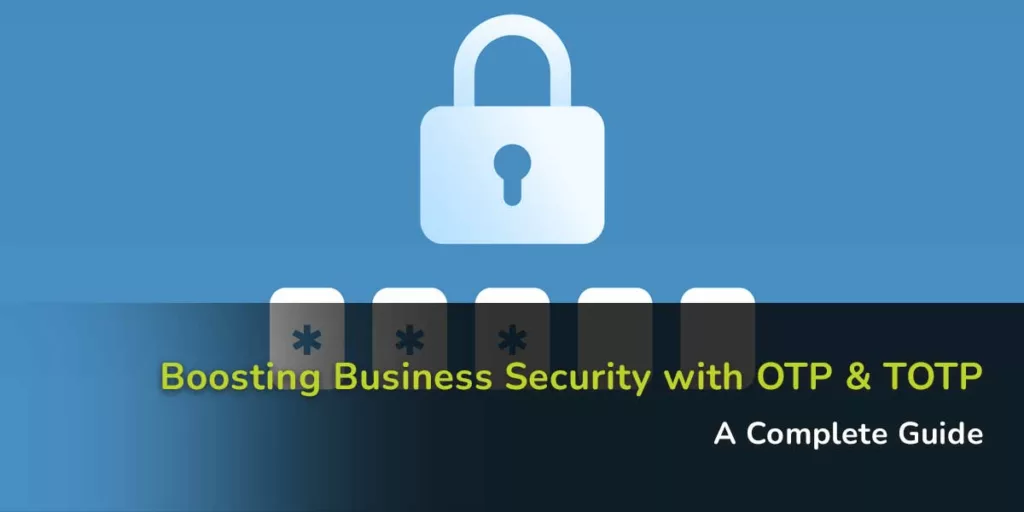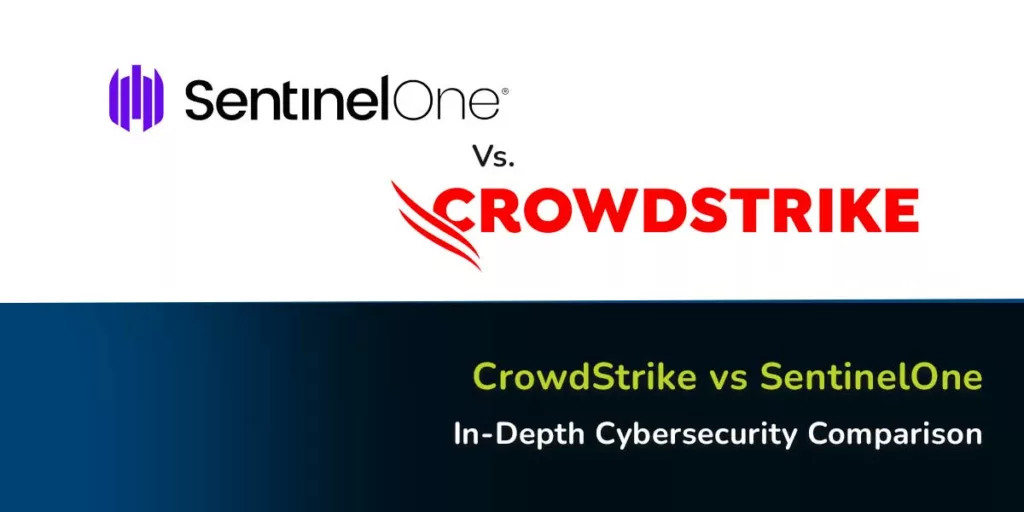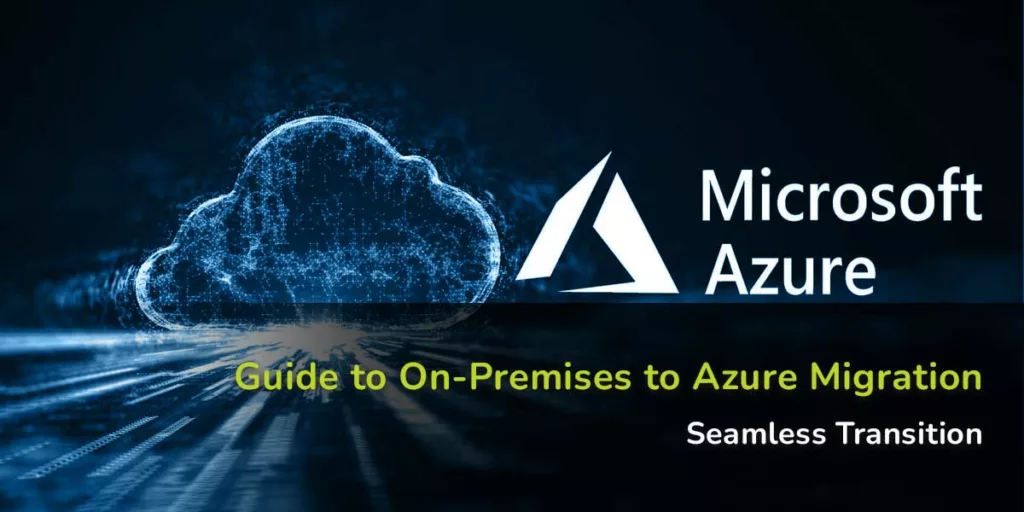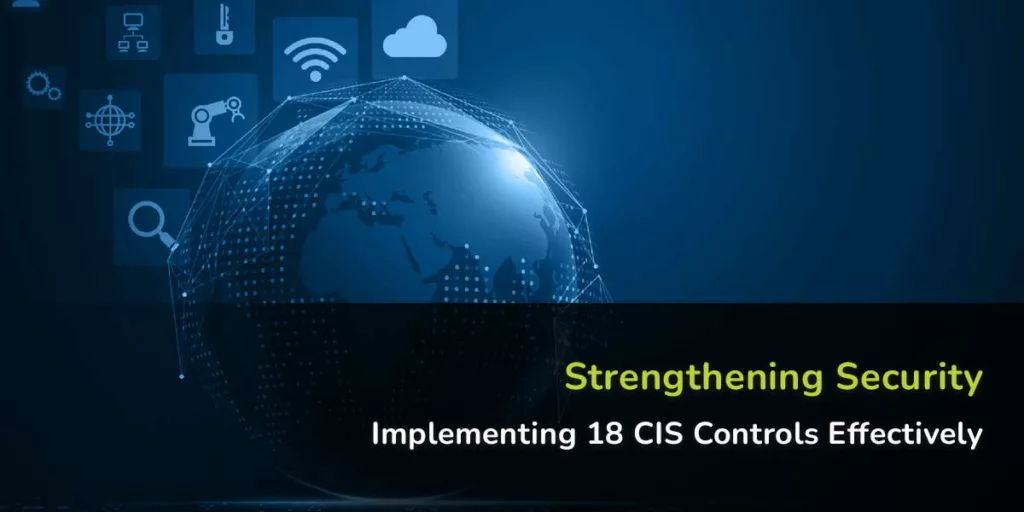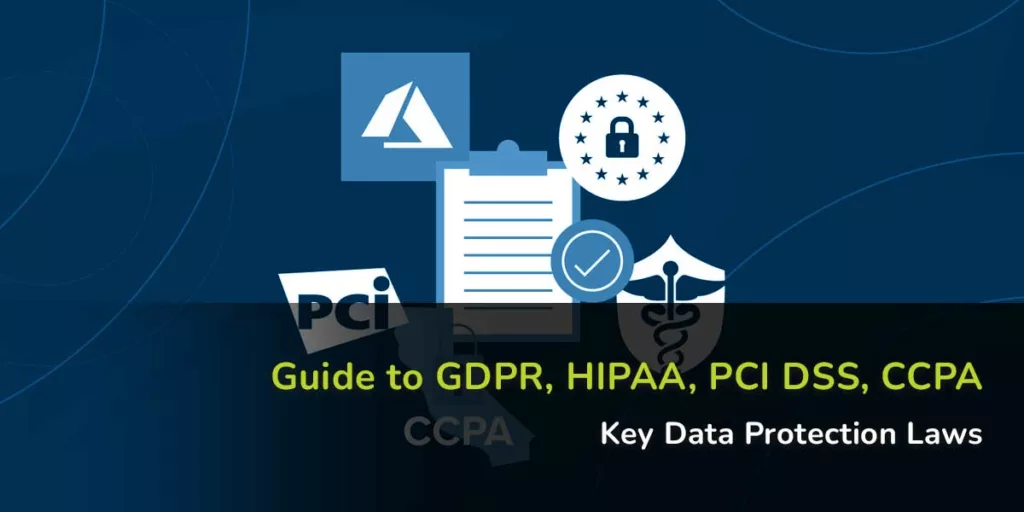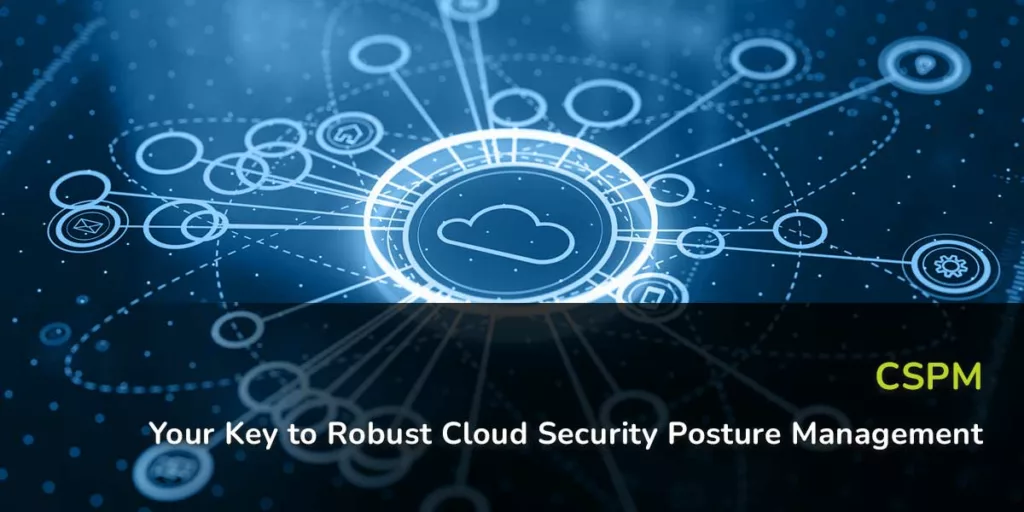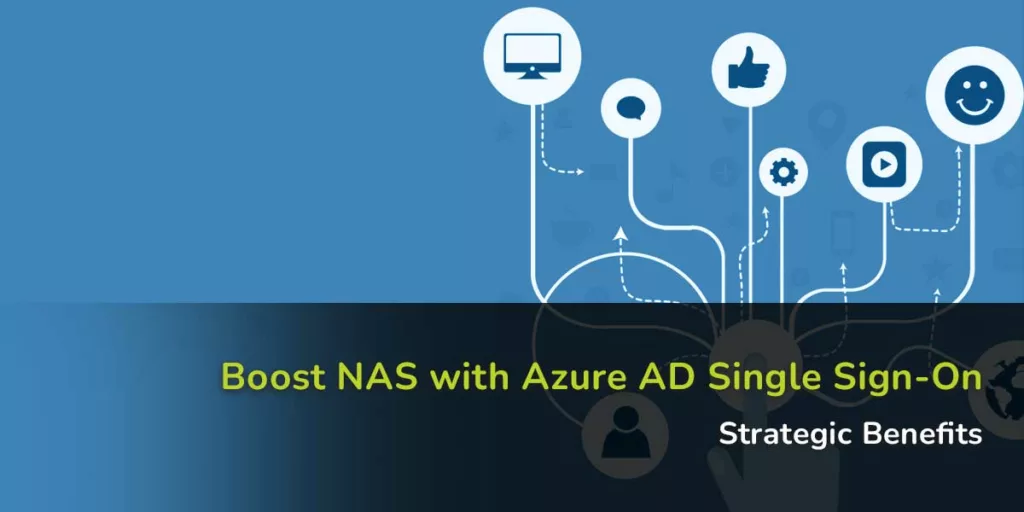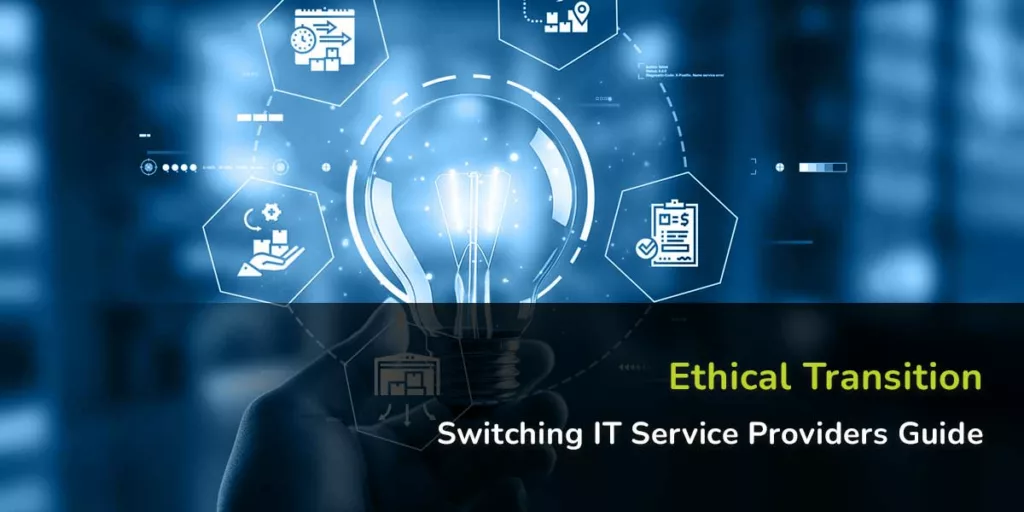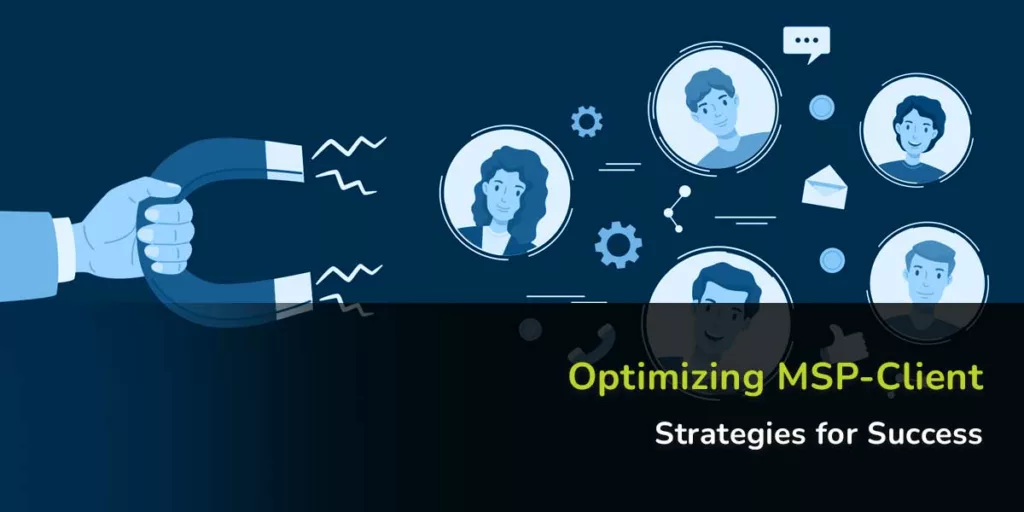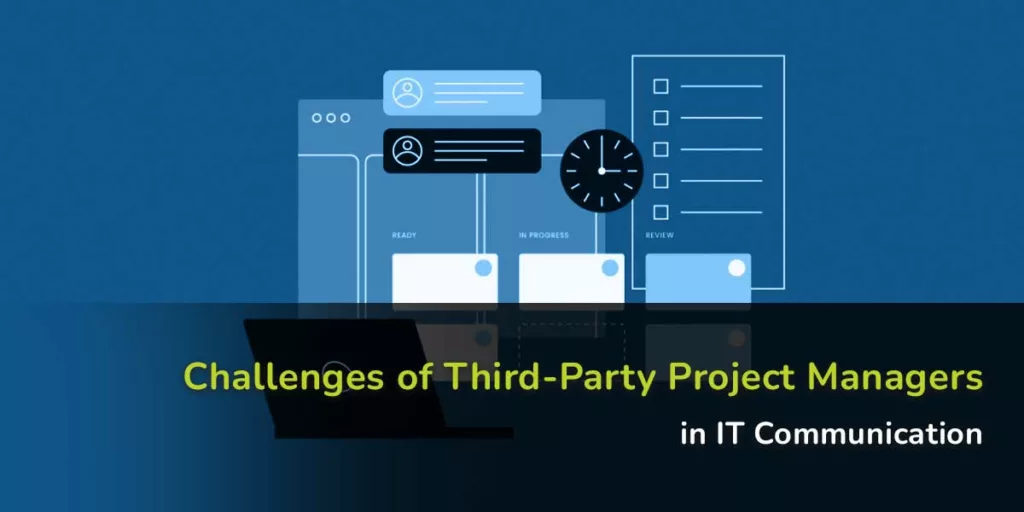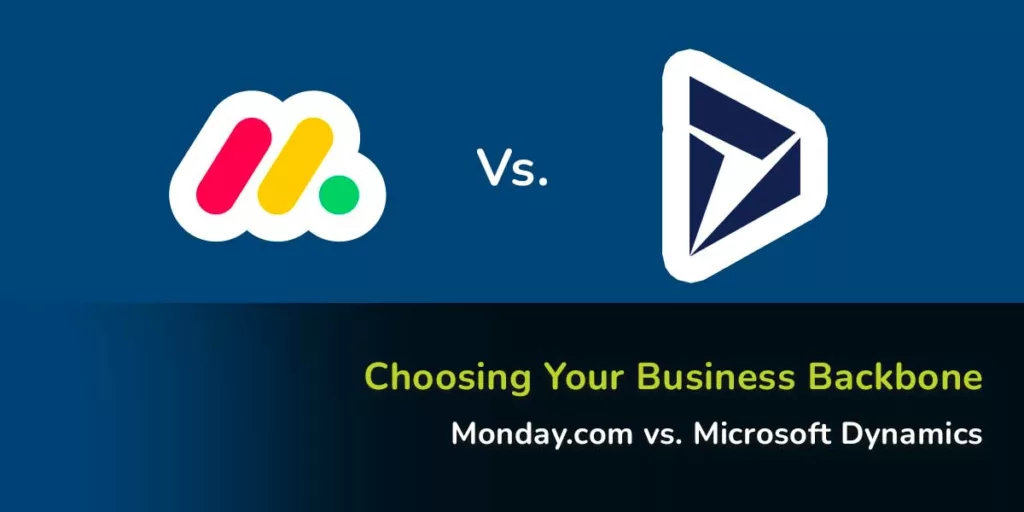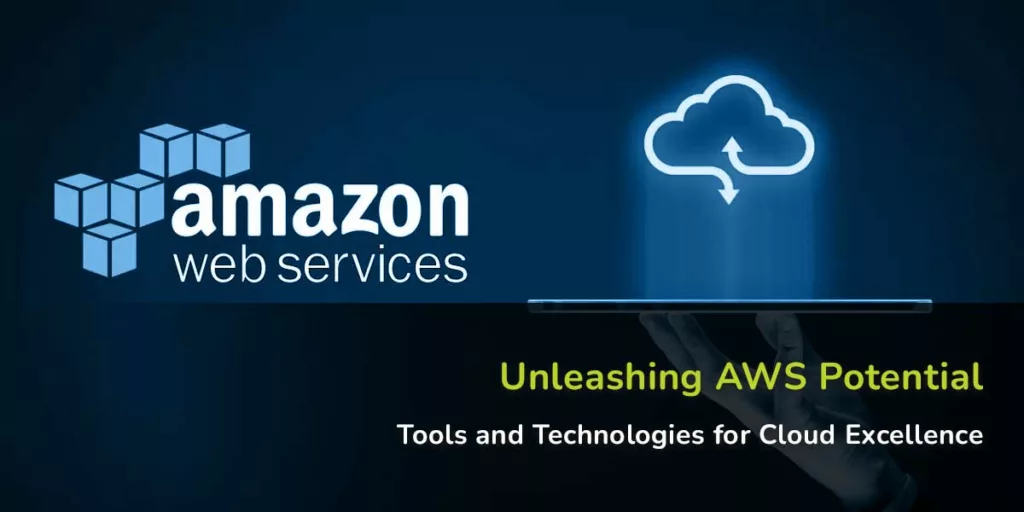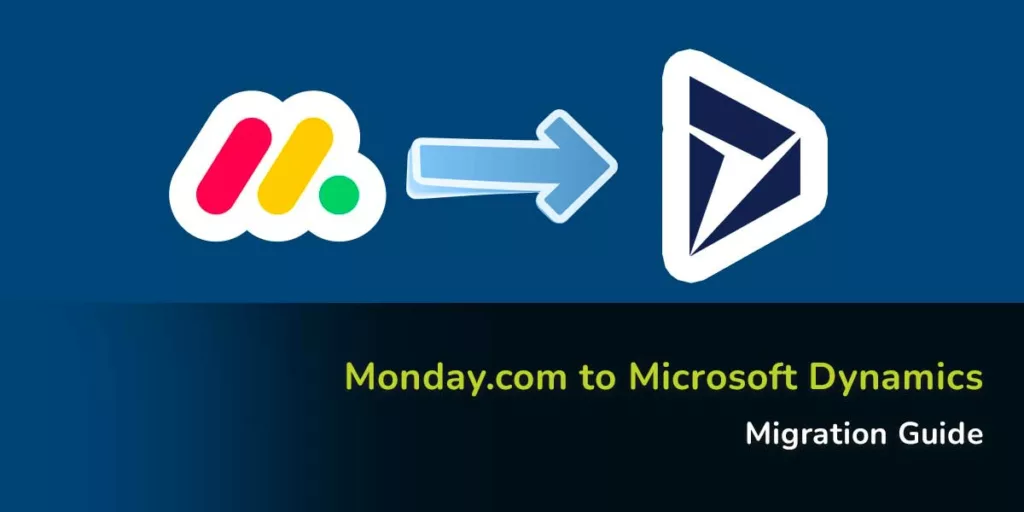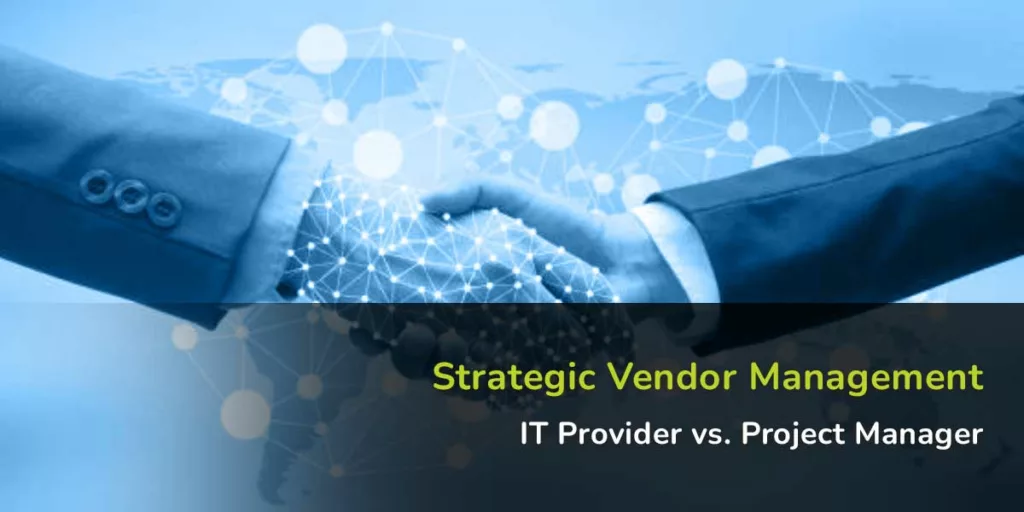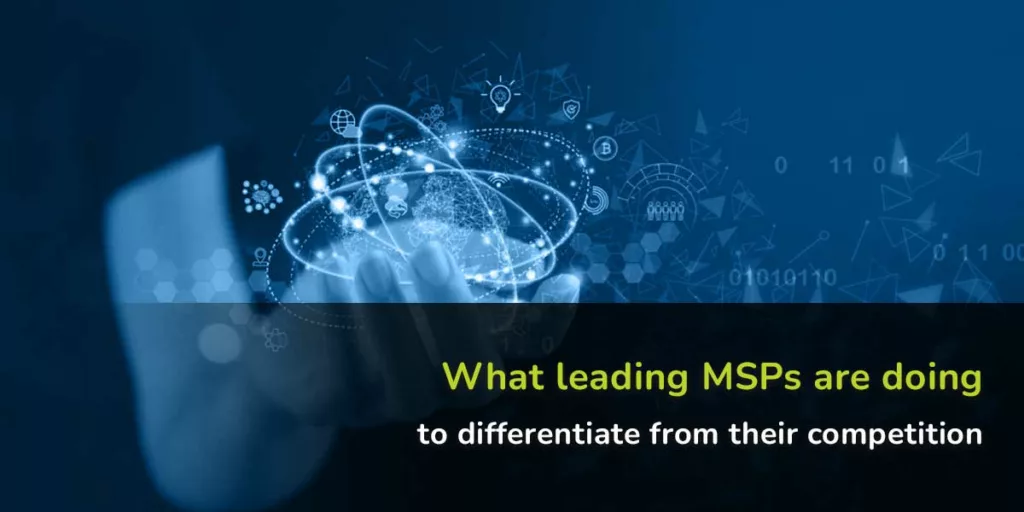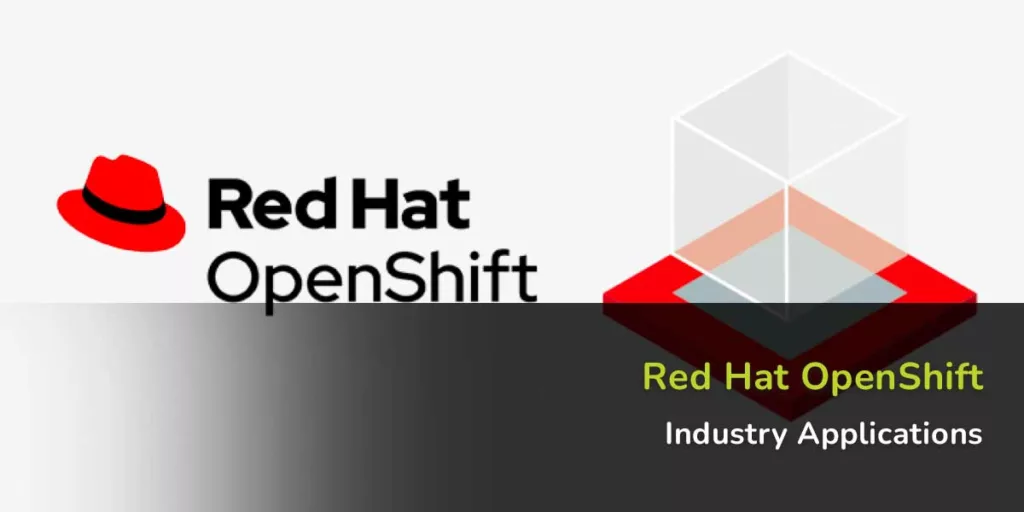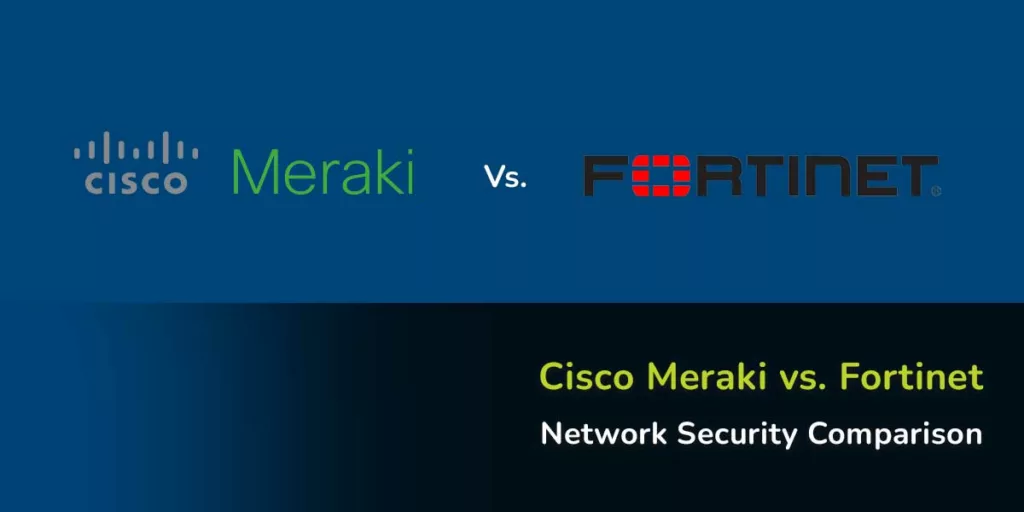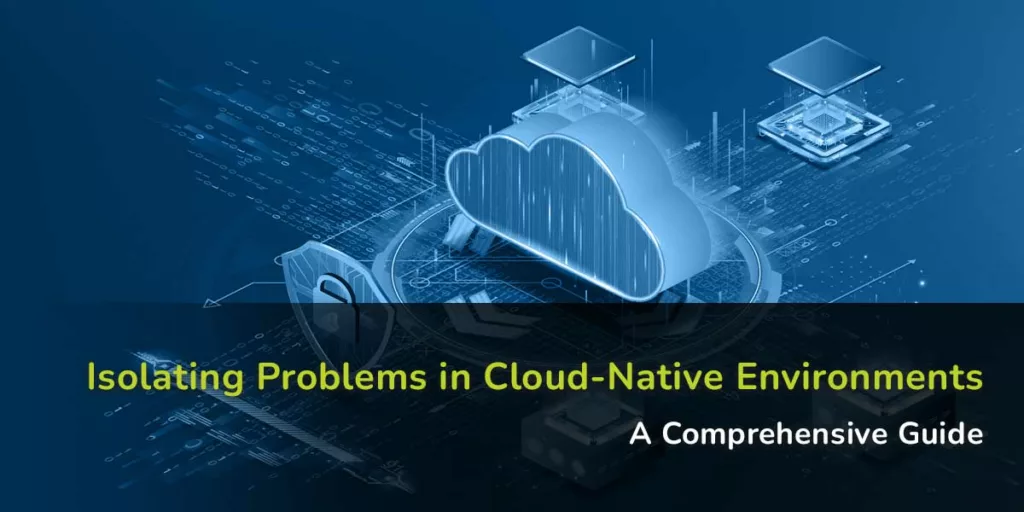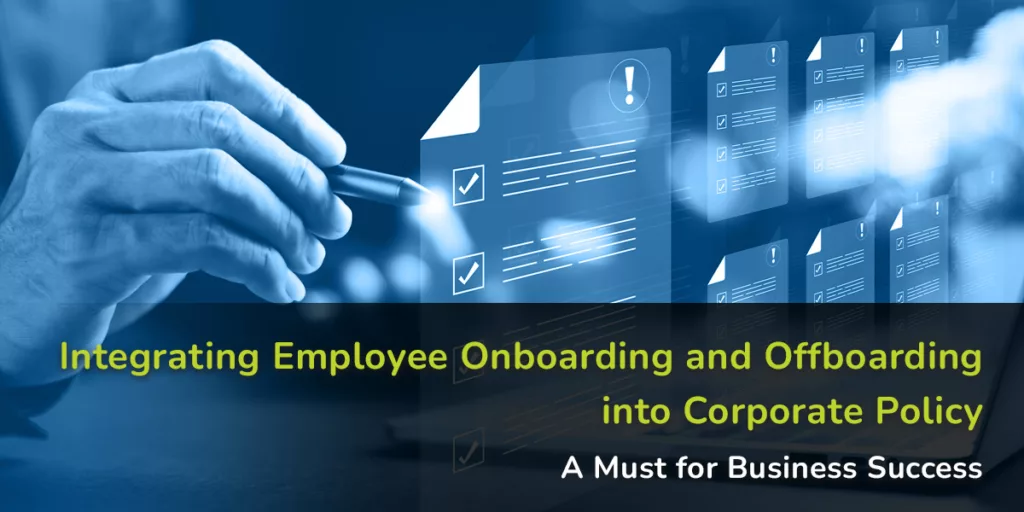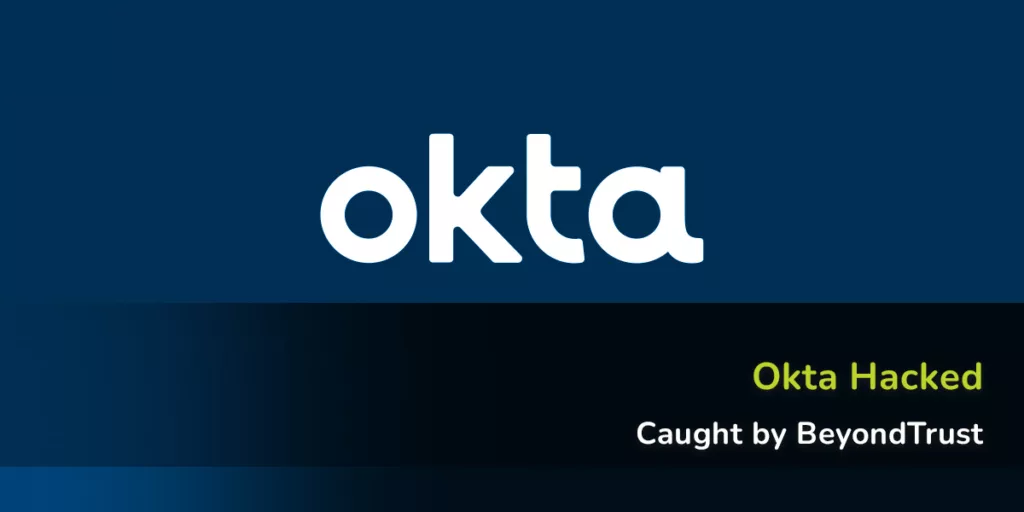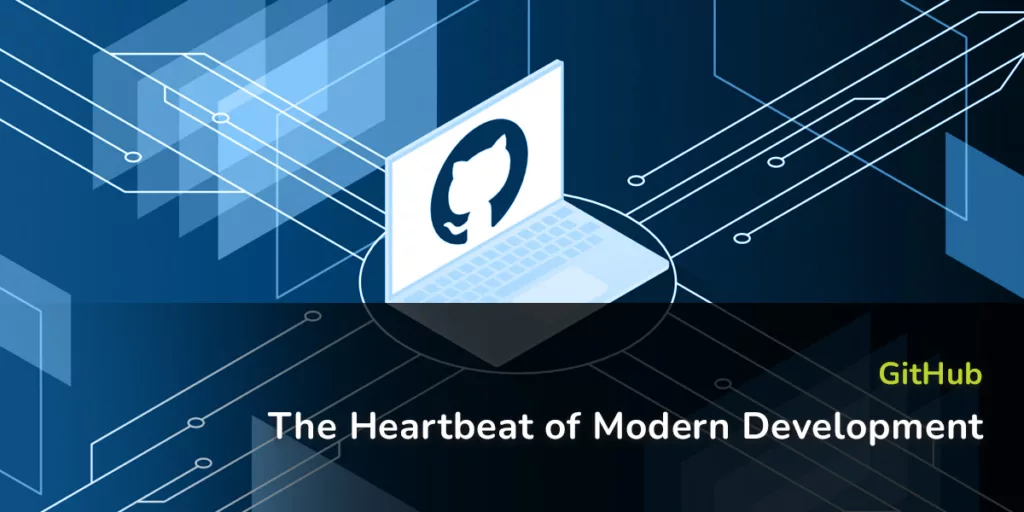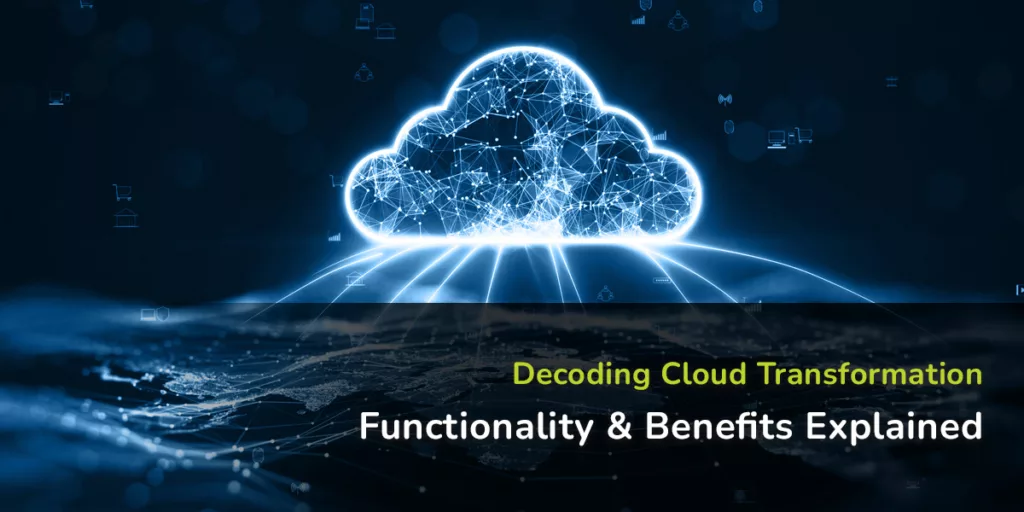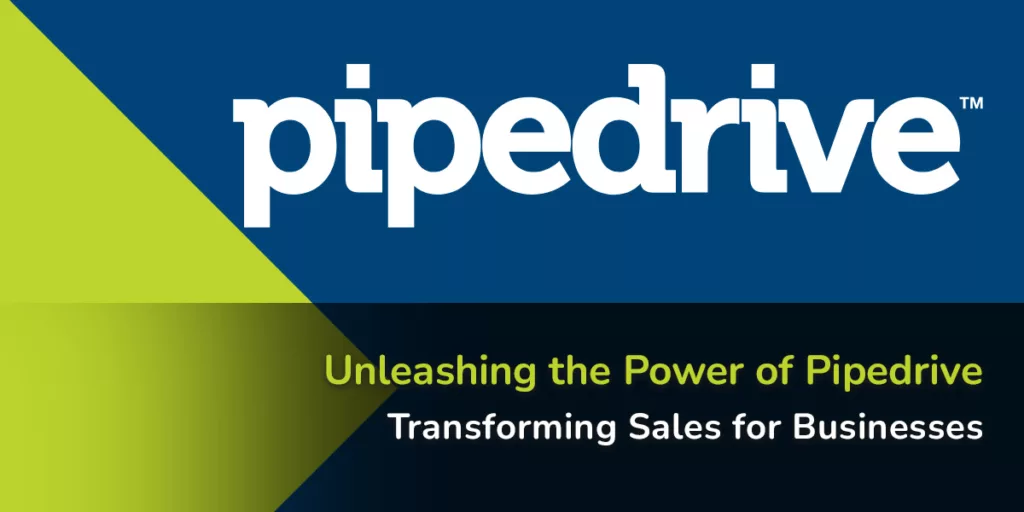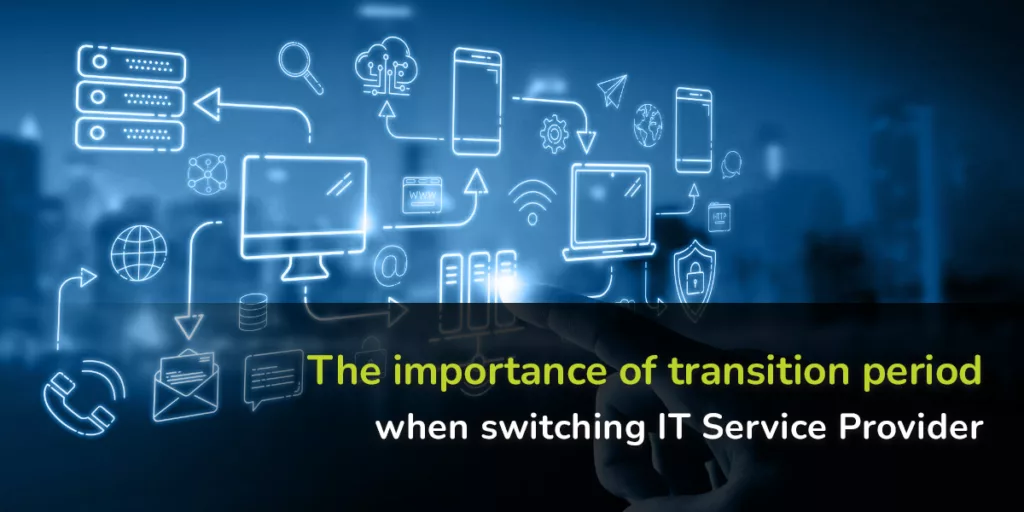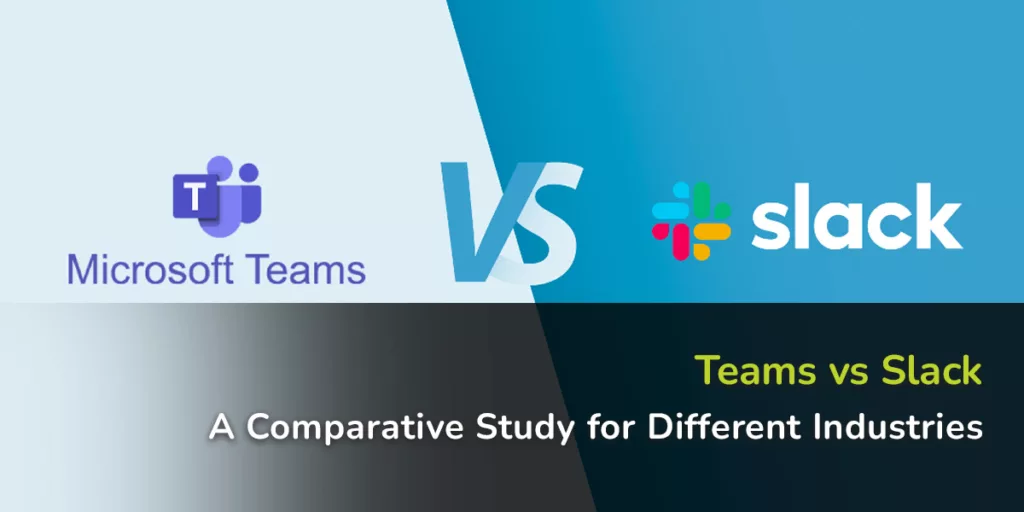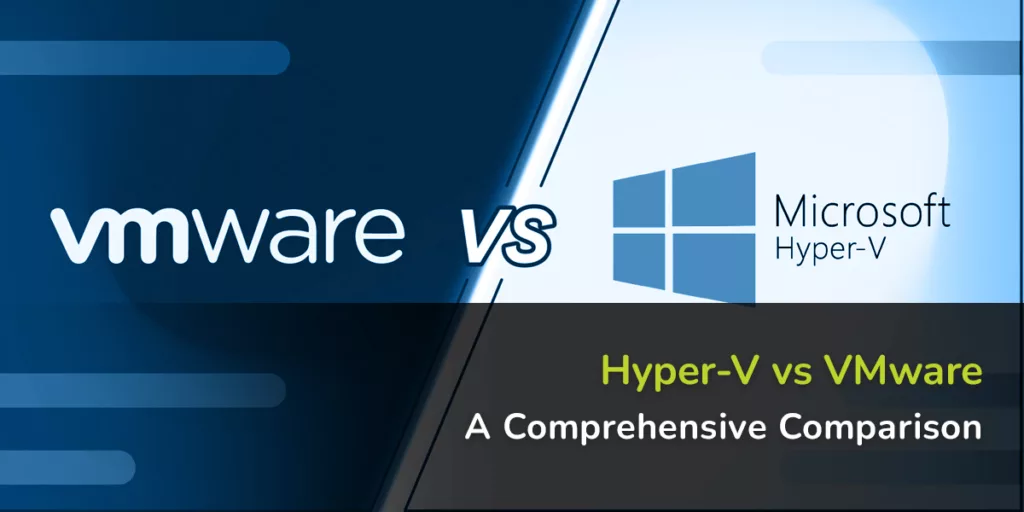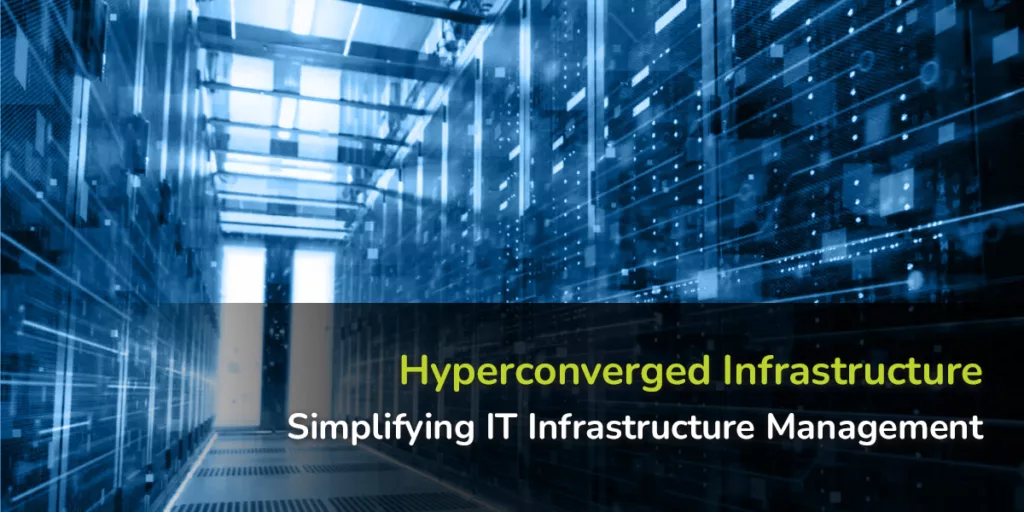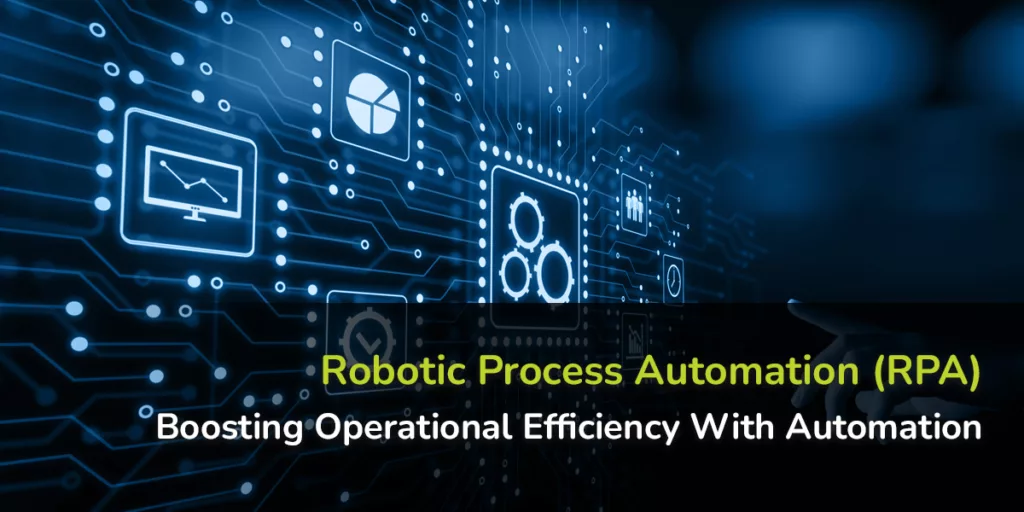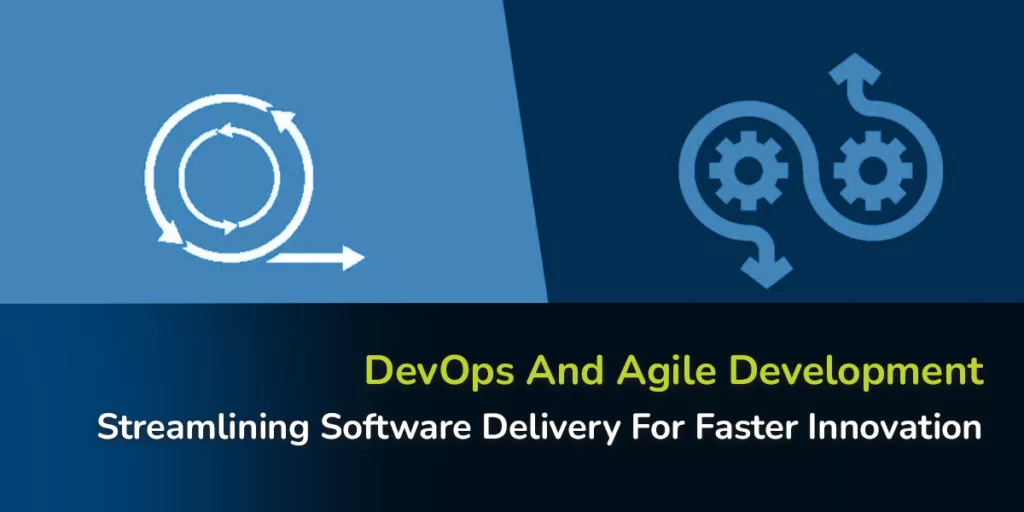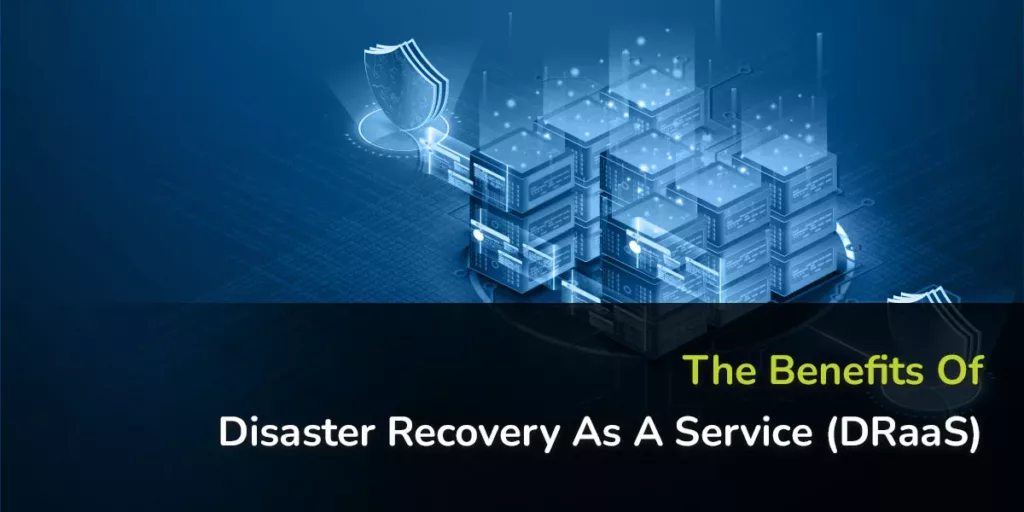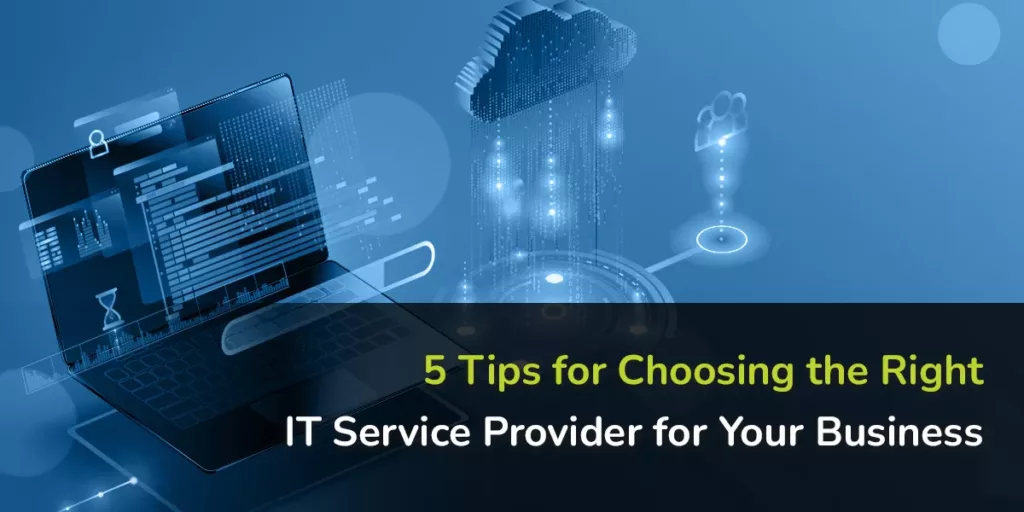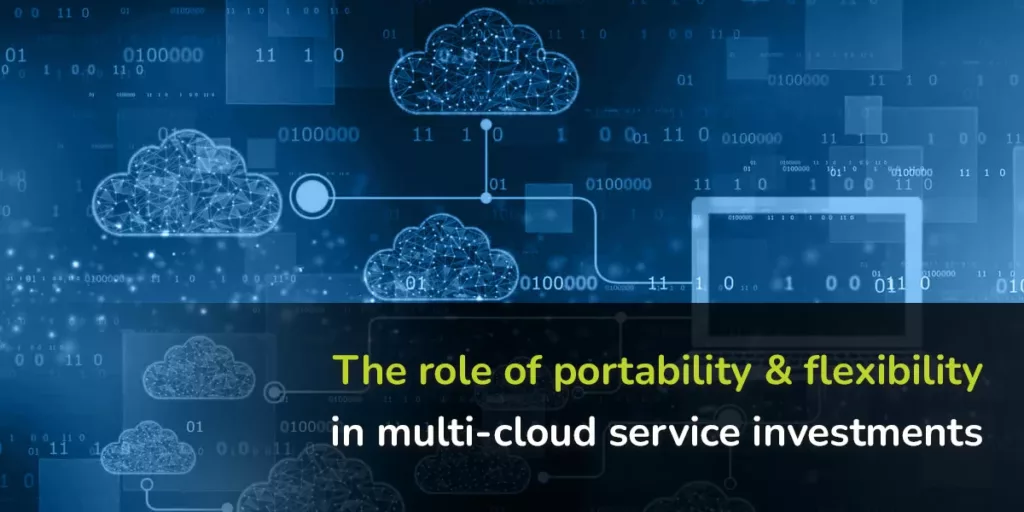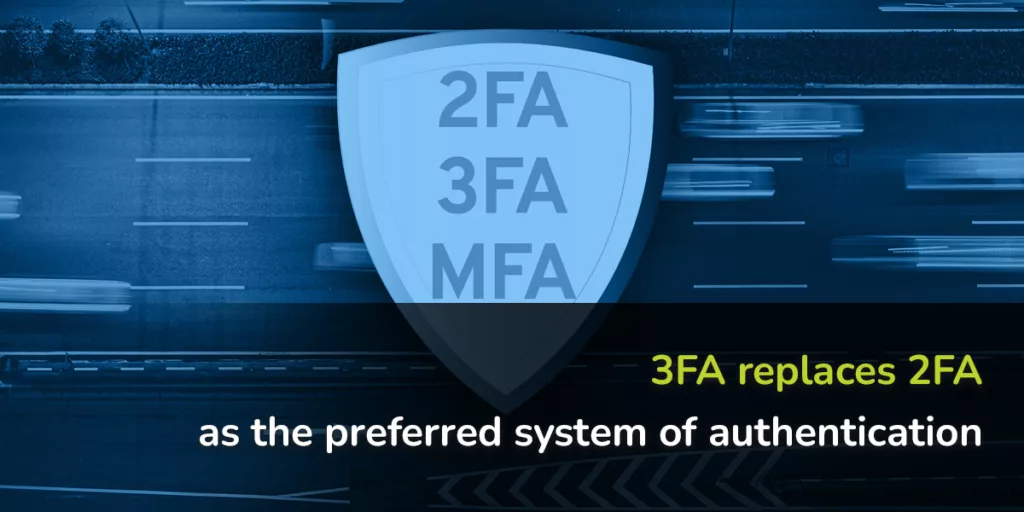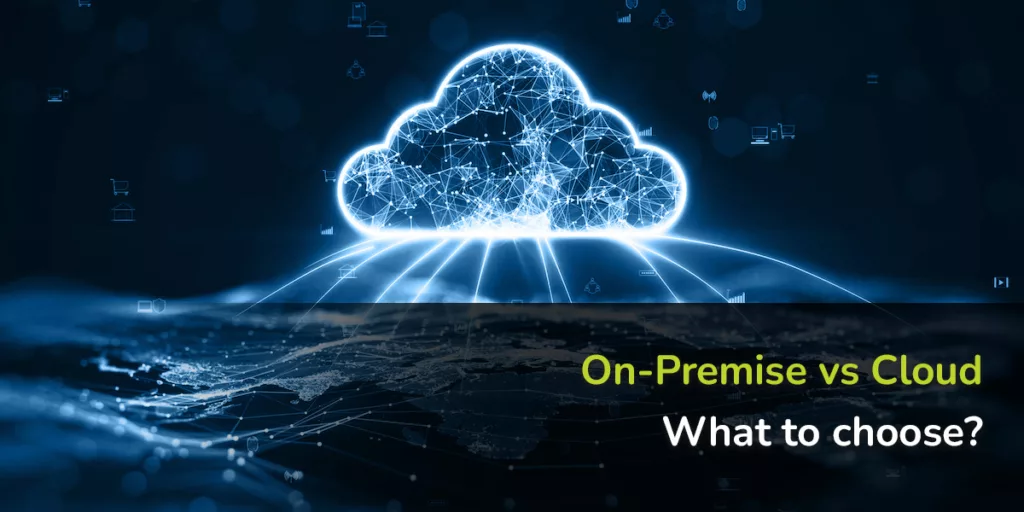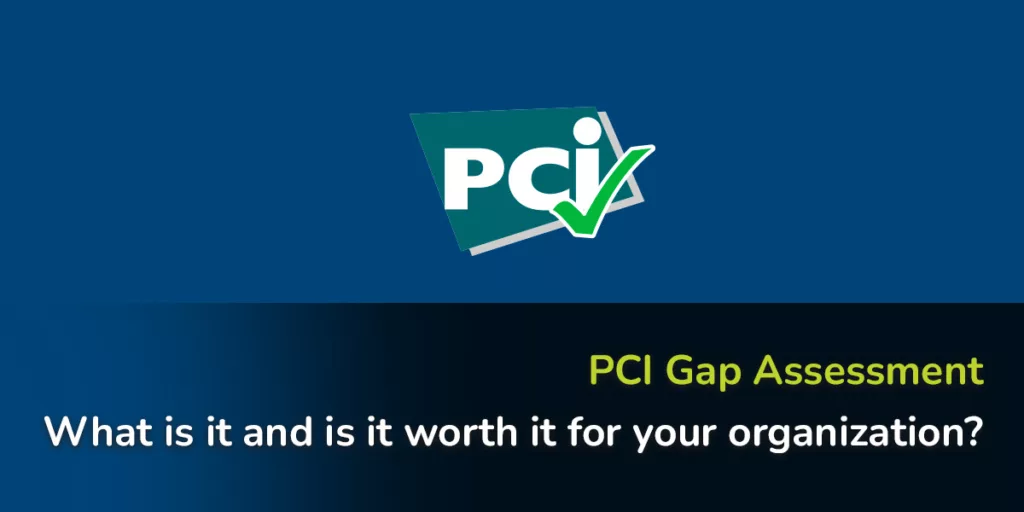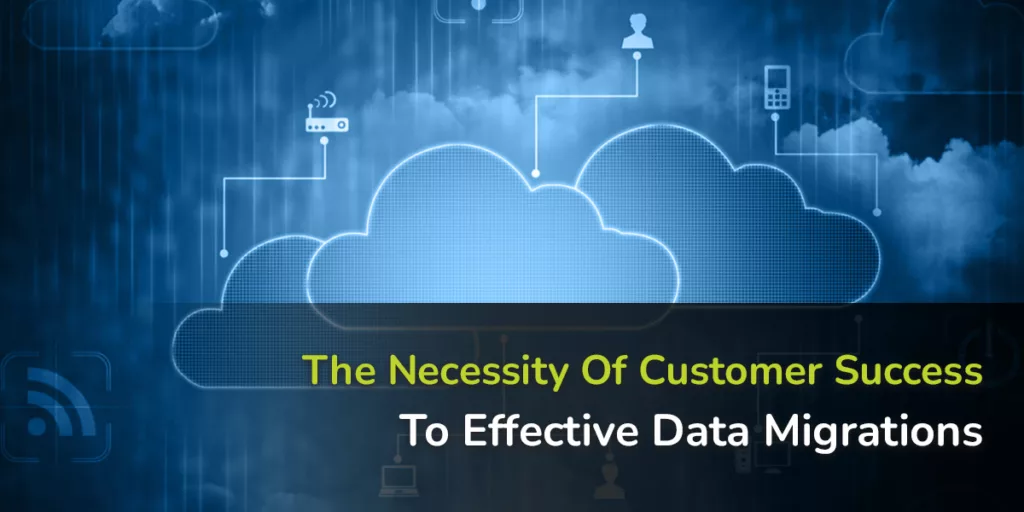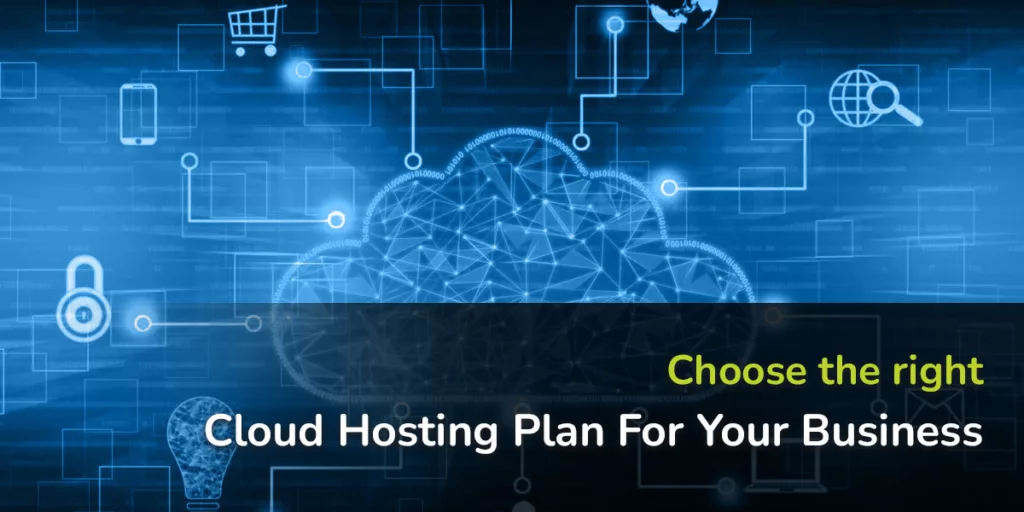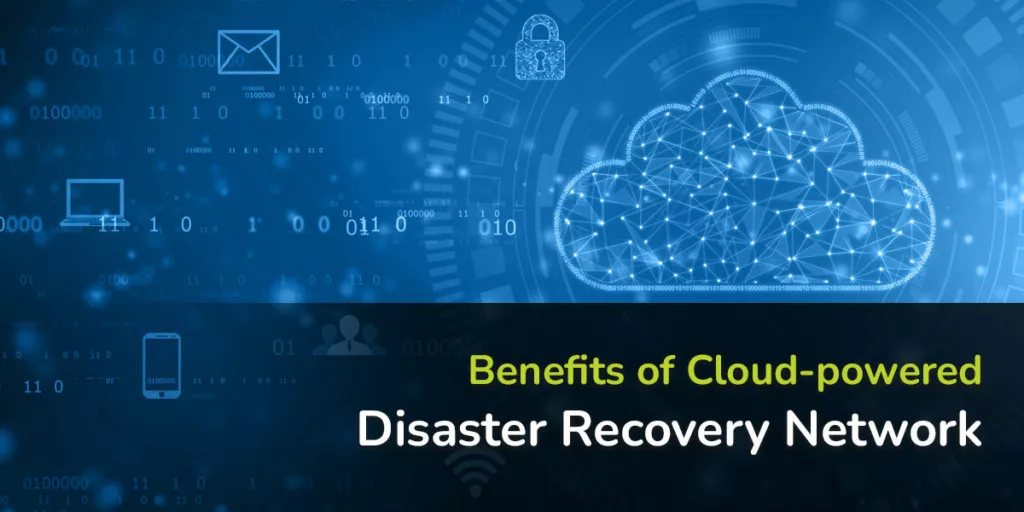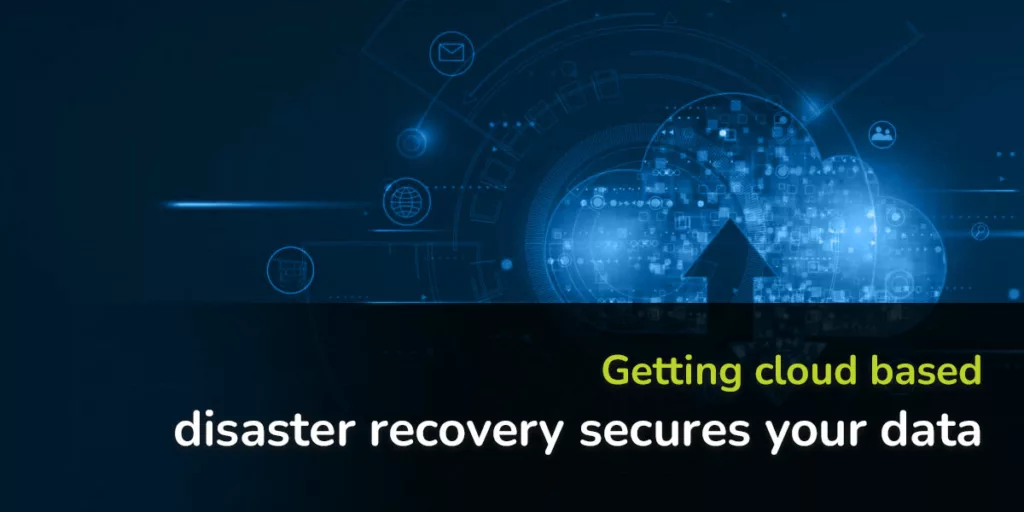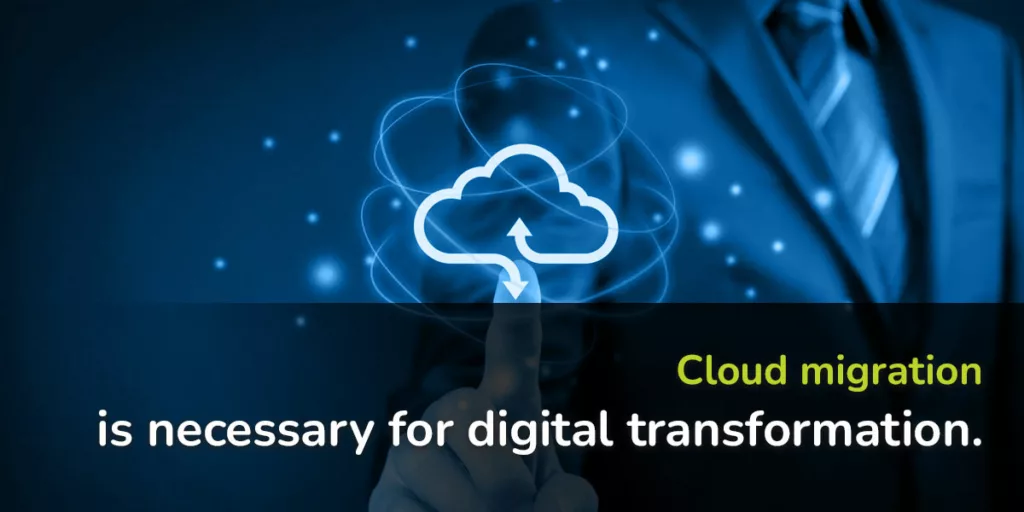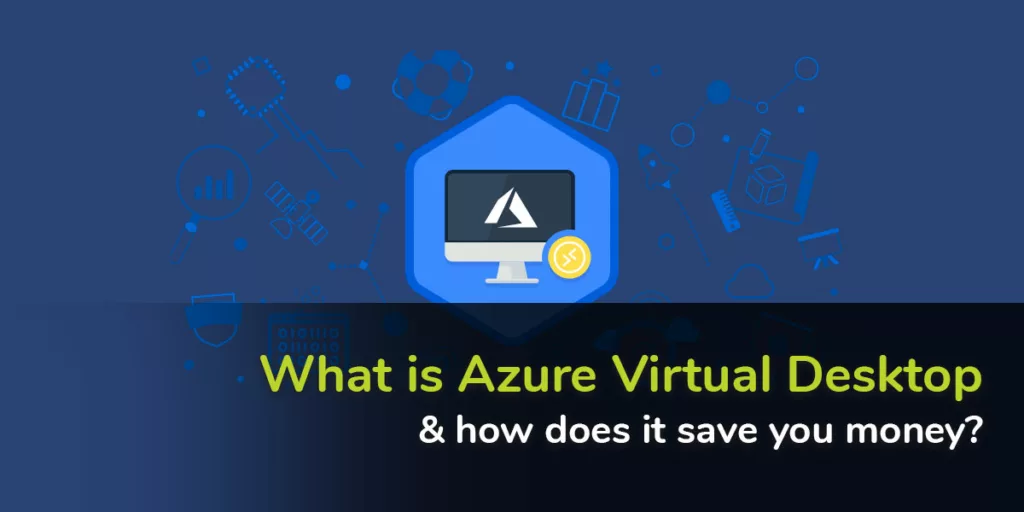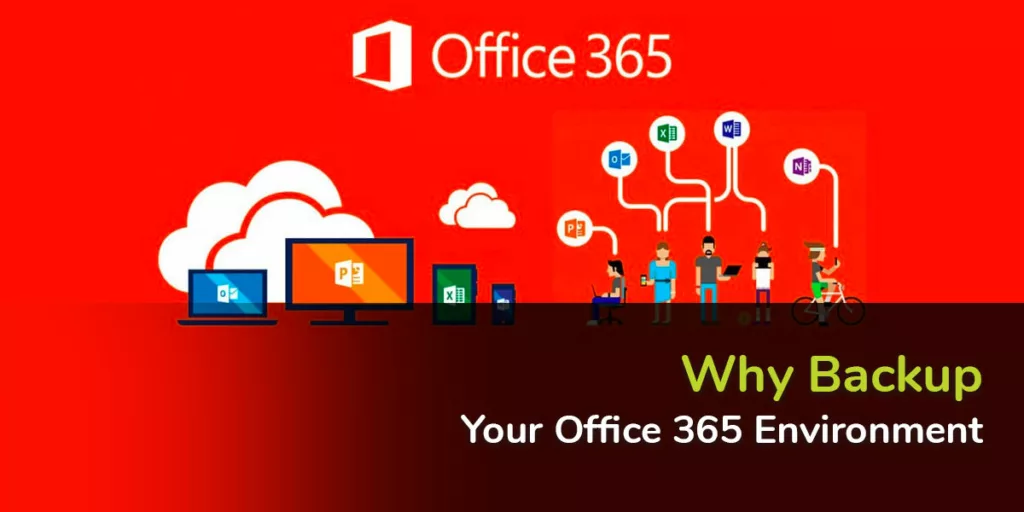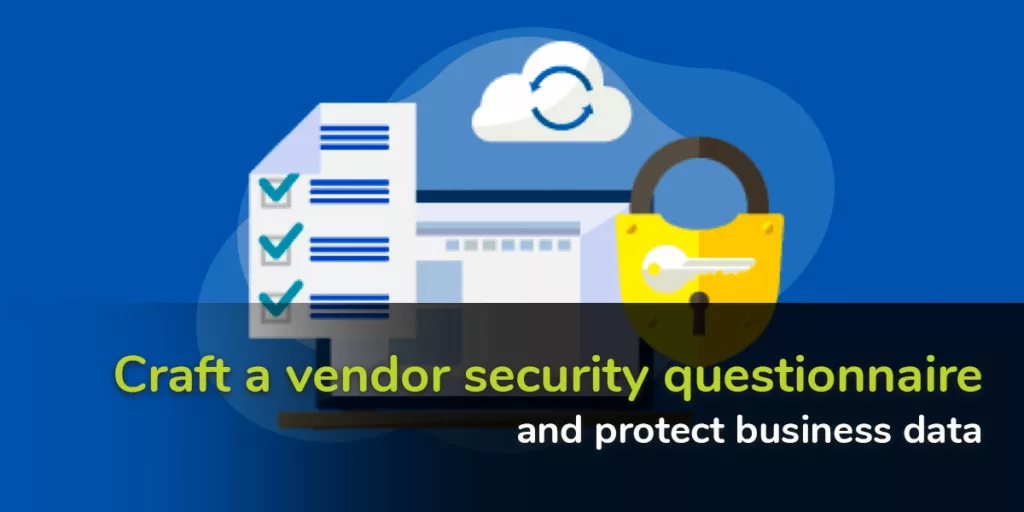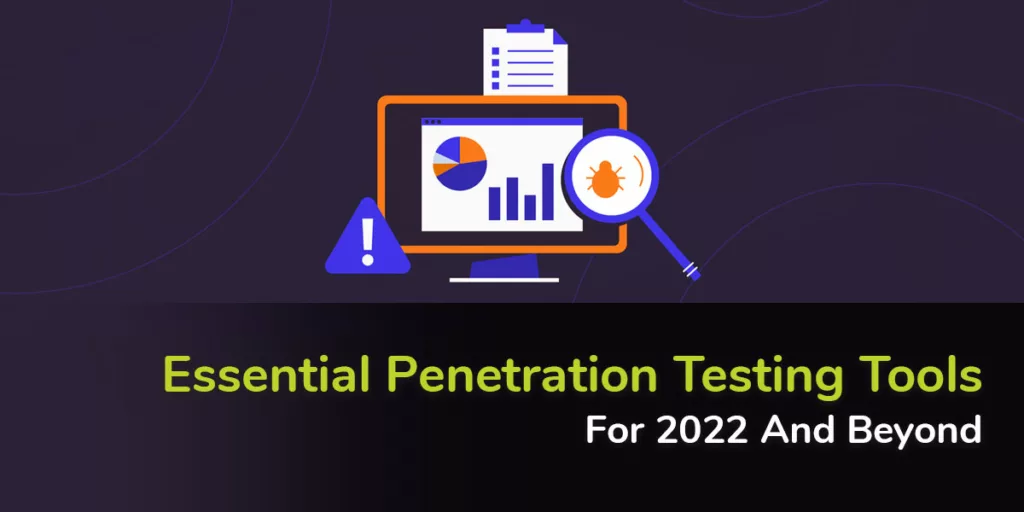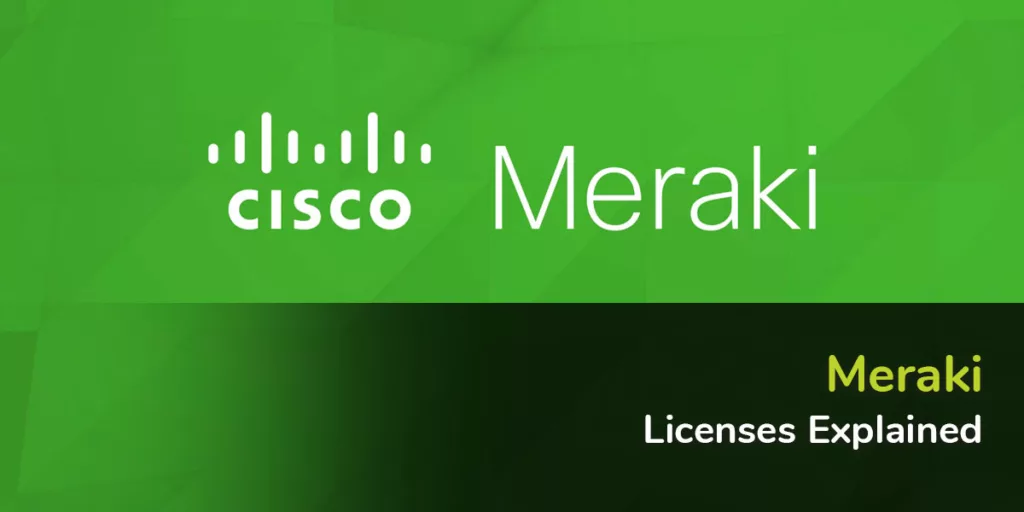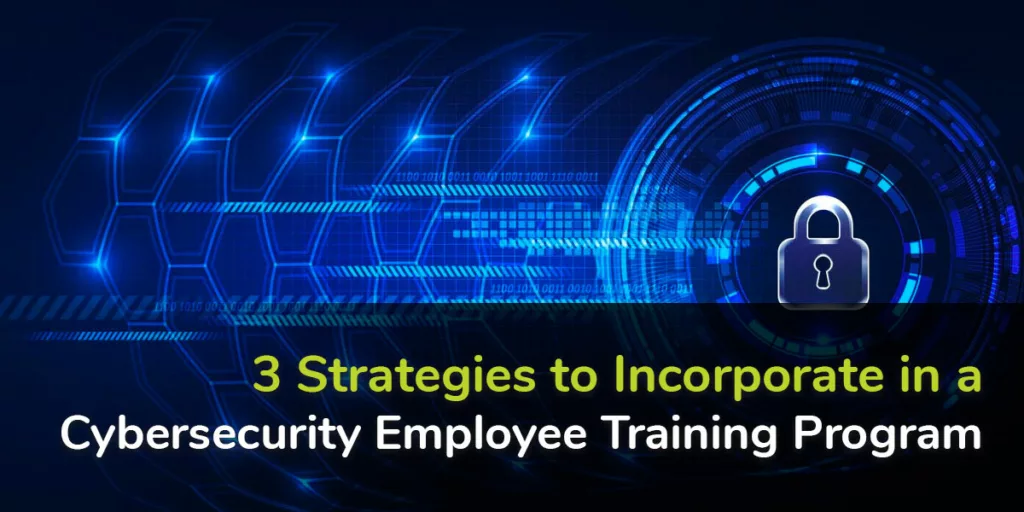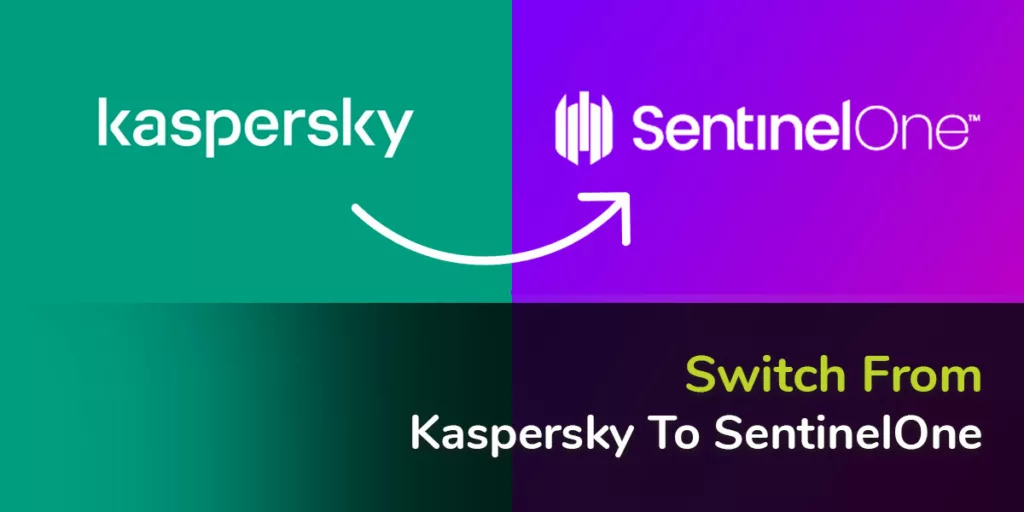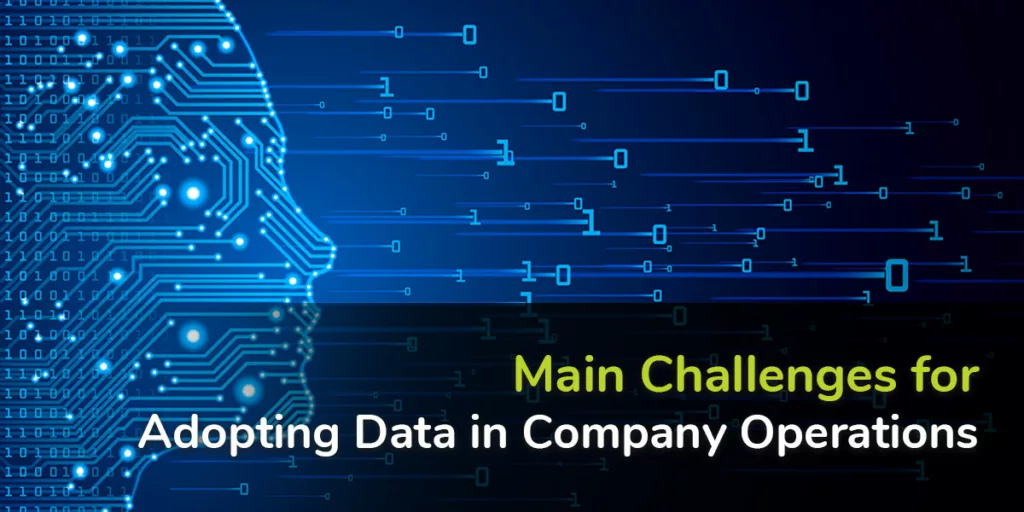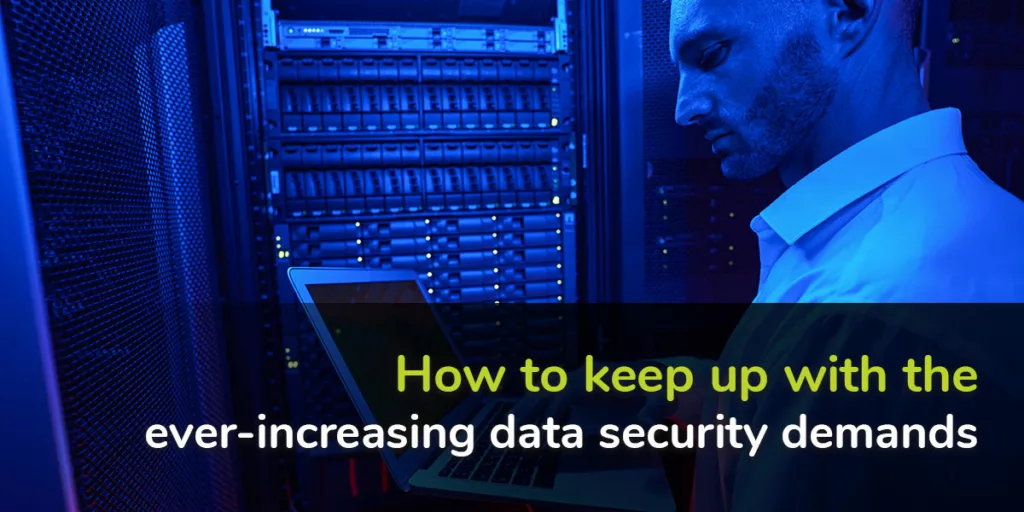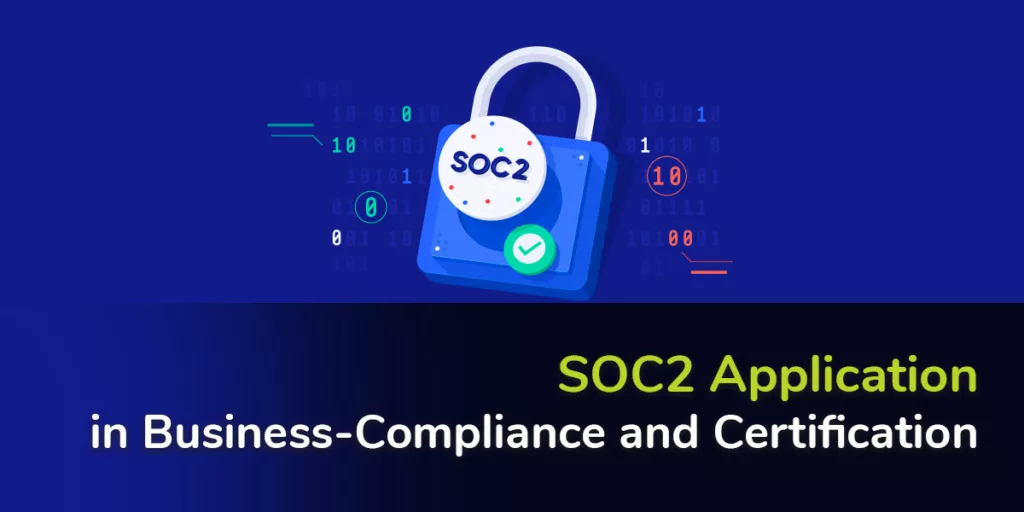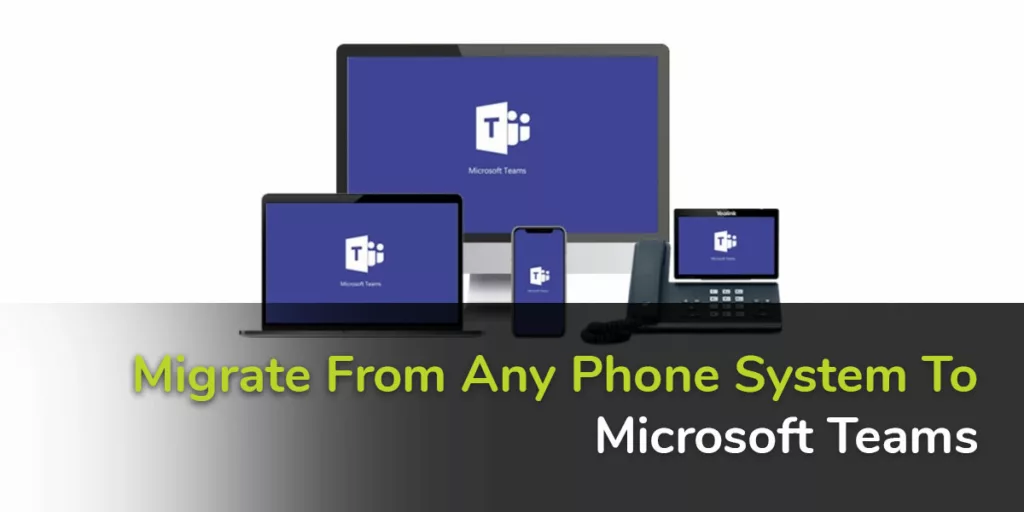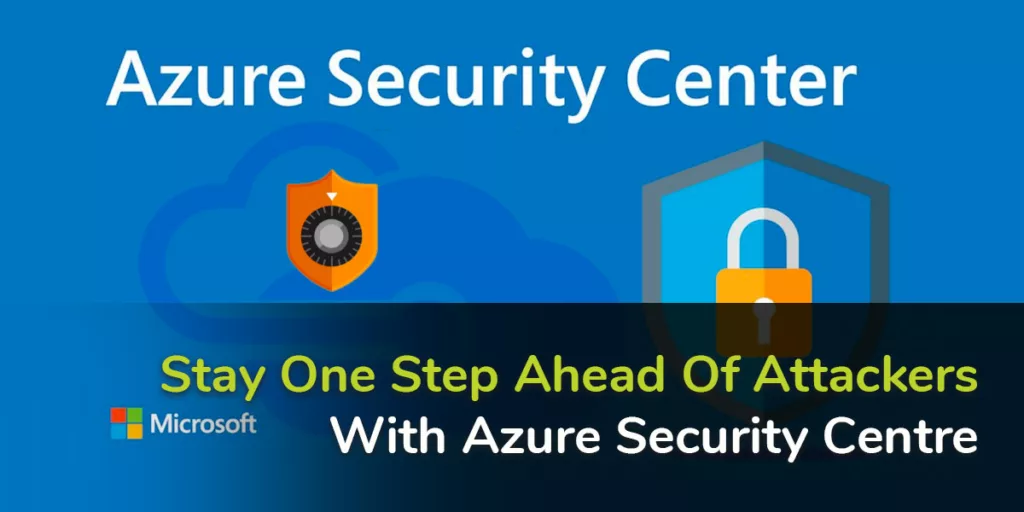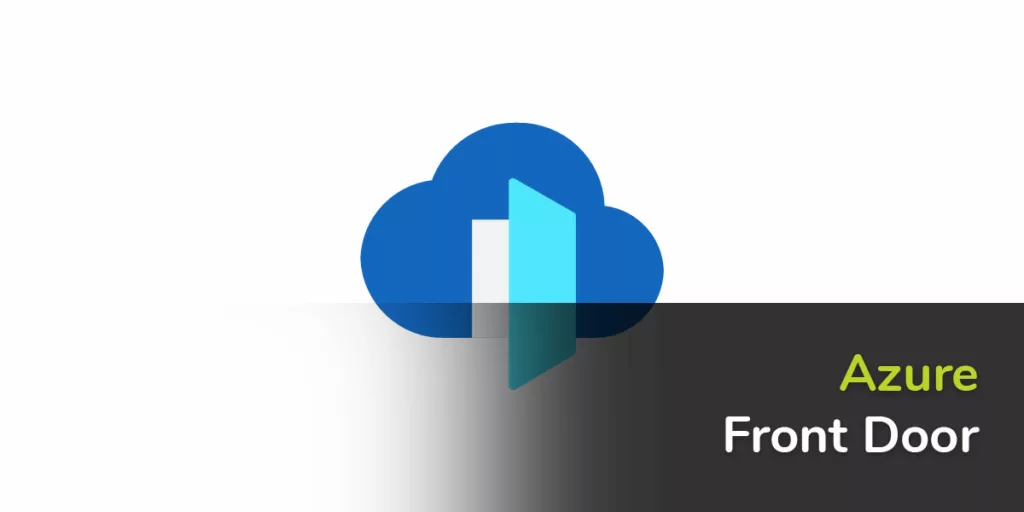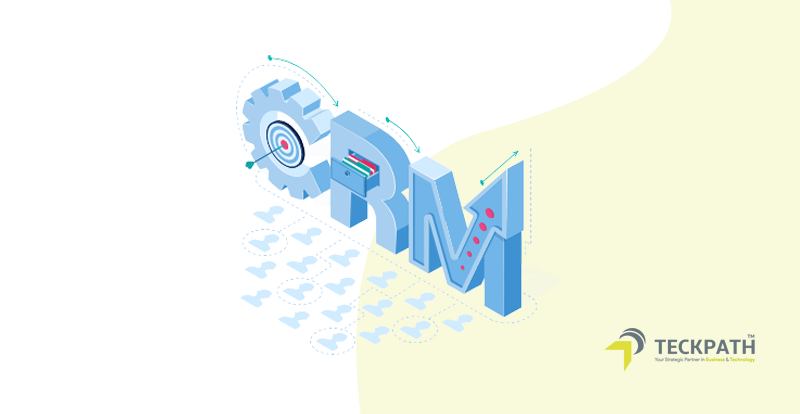Introduction:
Sage X3 is a robust enterprise resource planning (ERP) solution designed to meet the needs of medium to large businesses across diverse industries. In this comprehensive blog post, we will explore the features of Sage X3 and provide an all-inclusive guide to successfully setting up Sage X3 on-premise. We will cover essential components, such as hardware infrastructure, operating system, database management system (DBMS), web server, and application server. Additionally, we will delve into the integration of MongoDB as a DBMS, Syracuse support for continuous updates, and server configuration requirements for a Hyper-V or VMware environment with clustering.
I. Understanding Sage X3:
Sage X3 is a feature-rich ERP solution that encompasses core functionalities including finance, manufacturing, distribution, inventory management, procurement, sales, and customer relationship management (CRM). With its intuitive interface, flexible configuration options, and powerful reporting capabilities, Sage X3 empowers organizations to streamline operations, optimize processes, and enhance overall efficiency.
II. Components of a Properly Configured On-Premise Setup:
To ensure a successful on-premise implementation of Sage X3, it is crucial to have the following components in place:
1. Hardware Infrastructure:
Deploying Sage X3 on-premise requires a robust hardware infrastructure that meets the system requirements. This includes servers, storage devices, networking equipment, and backup systems. It is essential to consider factors such as scalability, performance, and redundancy when designing the hardware infrastructure.
2. Operating System:
Sage X3 is compatible with various operating systems, such as Windows Server, Linux, and IBM AIX. Choose the appropriate operating system version that is supported by Sage X3 and aligns with the hardware infrastructure.
3. Database Management System (DBMS):
Traditionally, Sage X3 supports relational databases like Microsoft SQL Server, Oracle Database, and IBM DB2. However, recent versions have introduced the option to integrate with NoSQL databases like MongoDB. Consider integrating MongoDB as the DBMS for Sage X3 if your organization requires a flexible, scalable solution for managing large volumes of data.
4. Web Server:
A web server acts as the communication bridge between Sage X3 and end-users. Apache Tomcat and Microsoft Internet Information Services (IIS) are commonly used web servers compatible with Sage X3. Ensure the web server is configured to handle the expected user load and provide secure access to the ERP system.
5. Application Server:
The application server is responsible for running the Sage X3 software and processing user requests. Microsoft IIS, IBM WebSphere, and Oracle WebLogic are popular application servers used with Sage X3. Consider factors such as performance, scalability, and integration capabilities when selecting the application server.
6. Software Installation:
Ensure you have the latest version of the Sage X3 software and all necessary installation files. Follow the installation guidelines provided by Sage to ensure a smooth setup process.
7. Licensing and Configuration:
Acquire the appropriate licenses for Sage X3 based on the number of users and desired functionalities. During the configuration process, set up parameters, security settings, and customization options to align the system with your organization’s specific requirements.
8. Integration and Customization:
Sage X3 can be integrated with other software systems, such as CRM, HR, and business intelligence tools, to create a seamless flow of information across your organization. Determine the integration points and develop a plan for data synchronization and communication between Sage X3 and other systems. Engage with Sage X3 experts or developers if customization is required to tailor the system to your unique business needs.
III. MongoDB Integration:
Sage X3 now supports integration with MongoDB, a NoSQL database, for managing large volumes of data. MongoDB’s flexible document model and scalability make it suitable for real-time data storage and retrieval. Integrating MongoDB with Sage X3 allows for efficient handling of data, empowering organizations to make informed decisions based on up-to-date information.
IV. Syracuse Support:
Sage X3 incorporates the Syracuse release methodology, ensuring continuous updates and enhancements to the software. Syracuse releases provide feature updates, bug fixes, and security patches, keeping your Sage X3 system stable, secure, and up-to-date. Syracuse support ensures that your organization can leverage the latest ERP advancements and stay ahead in a rapidly evolving business landscape.
V. Server Configuration Requirements for Hyper-V or VMware Environment:
When deploying Sage X3 in a virtualized environment like Hyper-V or VMware, it is crucial to consider the server configuration requirements. These include:
1. RAID Configuration:
Implement a RAID configuration (e.g., RAID 1 or RAID 10) to ensure data protection and improved read/write speeds.
2. Solid-State Drives (SSD):
Utilize SSDs for primary storage to enhance system responsiveness and improve application loading times and data retrieval.
3. RAM (Random Access Memory):
Allocate sufficient RAM based on the number of users and the size of your organization. Consider a minimum of 8GB RAM for small organizations, while larger organizations may require 16GB or more for optimal performance.
4. Processor:
Choose a modern, multicore processor with high clock speed and sufficient cache memory to meet the performance requirements of your Sage X3 deployment.
VI. Clustering for High Availability:
Implementing clustering in a Hyper-V or VMware environment enhances availability and fault tolerance for Sage X3. Consider the following clustering aspects:
1. High Availability (HA) Clustering:
Configure multiple physical servers (nodes) in a cluster to enable automatic failover in case of hardware or software failures. HA clustering ensures uninterrupted access to Sage X3, improving system uptime and minimizing the impact of server failures.
2. Shared Storage:
Implement shared storage solutions, such as SAN or NAS, to enable seamless data accessibility across cluster nodes. Shared storage allows for migration of virtual machines running Sage X3 without disruption and ensures data consistency.
3. Load Balancing:
Implement load balancing to distribute the workload evenly across cluster nodes, optimizing resource utilization and improving performance. Load balancing improves response times and enhances overall system performance.
4. Network Redundancy:
Configure redundant network connections to ensure network availability and reliability. Redundant switches, NICs, and network paths reduce the risk of network outages and provide seamless connectivity between cluster nodes.
Conclusion:
Sage X3 offers a powerful ERP solution for organizations seeking to streamline operations and enhance efficiency. When setting up Sage X3 on-premise, ensure the proper configuration of essential components, including hardware infrastructure, operating system, DBMS, web server, and application server. Consider integrating MongoDB for efficient data management and leverage Syracuse support for continuous updates. Additionally, in a Hyper-V or VMware environment, adhere to server configuration requirements and explore clustering options for enhanced availability and fault tolerance.
For a successful implementation, consult with Sage X3 experts, IT professionals, or system administrators who can guide you through the process, ensuring a tailored and optimized Sage X3 environment for your organization's unique needs.
